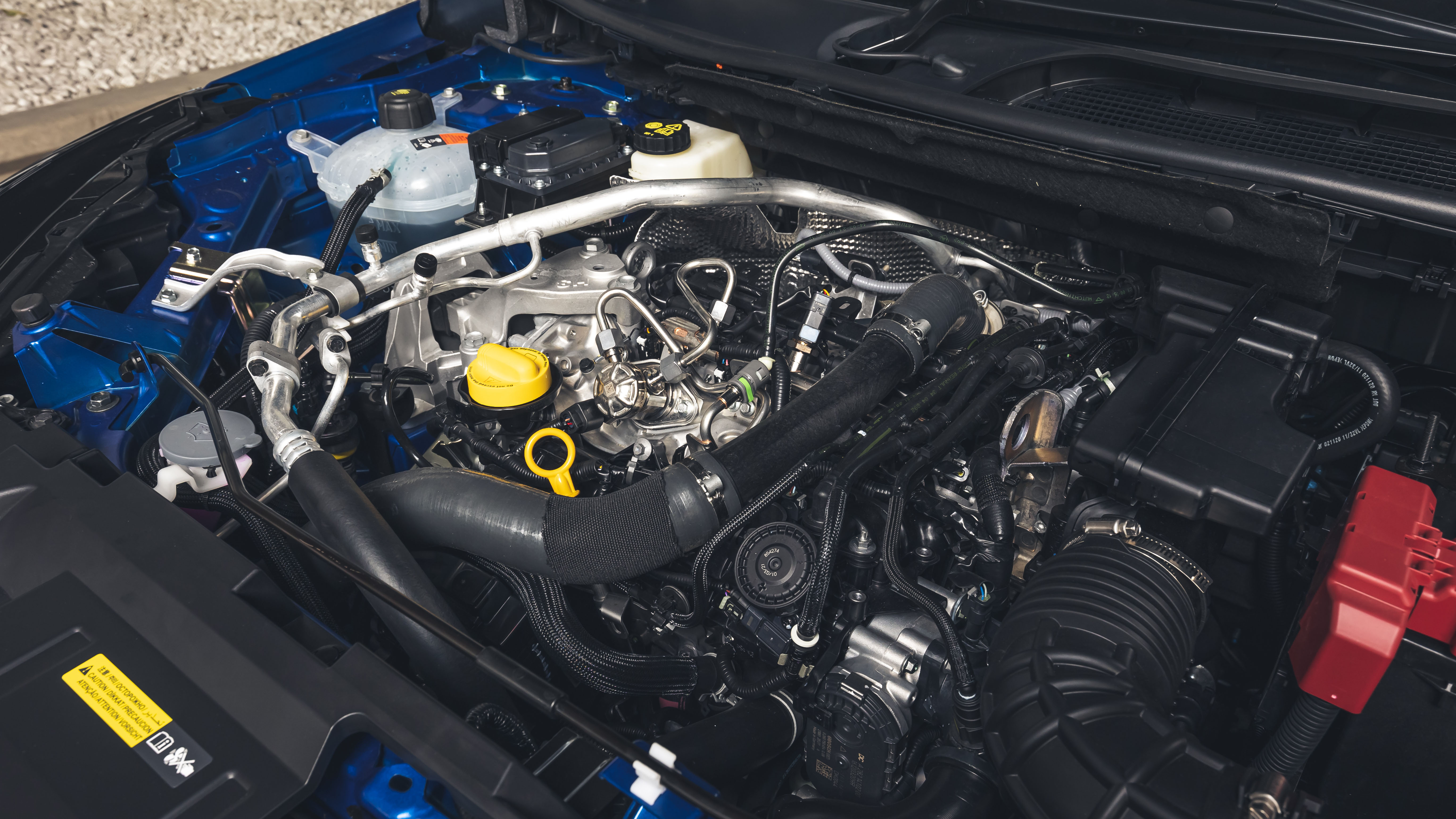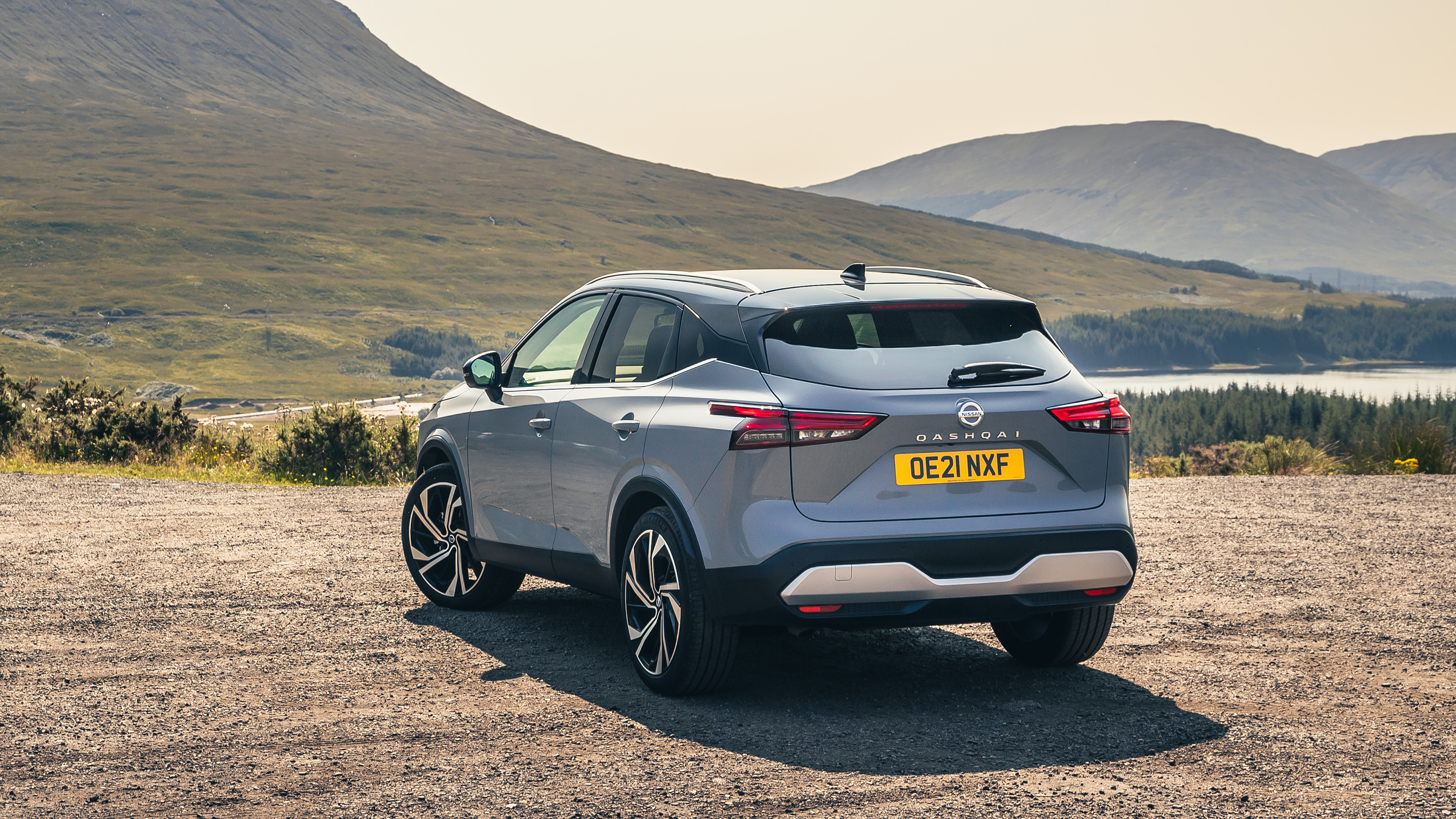- Тест-драйв: Nissan Qashqai
- 1. Много кнопок
- 2. Графика
- 3. Дунем-с.
- 4. Он-лайн
- 5. Электростоп
- 6. Коробка
- 7. Жирно!
- 8. “Сит даун”
- 1. Мигательная пищалка
- 2. Место есть!
- 3. Да будет свет!
- Nissan Qashqai
- Good stuff
- Bad stuff
- Overview
- What is it?
- So what’s new?
- How does it drive?
- Nissan Qashqai review: the hushed local hero
- SPEC HIGHLIGHTS
- Well this looks sensible.
- Only half?
- What are the key numbers?
- So I won’t be chasing the redline here?
- I’m a car enthusiast. Why should I be interested?
- Top Gear Newsletter
- What’s the second reason?
- And I won’t be missing out?
Тест-драйв: Nissan Qashqai
Автомобильный бизнес – наука неточ ная. Не алгебра, не физика и не химия. Нахимичить всякого легко, а вот заранее просчитать результат, взяв за основу стопроцентно рабочую формулу и правильно смешав ингредиенты, – фига с два.
Nissan Qashqai, с его чумовым успехом, это блестяще подтверждает. Если рассуждать логически, автомобиль должен был провалиться – именно так случилось с его идейными предками.
В конце 70-х французская Matra сделала смелый недовнедорожник Rancho. Крутую по сути тачку с внешностью заправского вездехода и задними ведущими покупатели встретили оглушительным хохотом. Мол, это ж надо учудить – офф-роудер без полного привода. Бгу-га-га! Тха-ха-ха!
Лучший в современной истории фирмы автомобиль ниссановцам пришлось придумывать заново
Следующий раз воздух сотрясался 20 лет спустя. Это Honda на волне успешного CR-V вбросила на рынок более компактную, чисто городскую версию кроссовера. Причем у HR-V даже полный привод имелся! И все равно, карамельная внешность, смешная геометрия и слабенькие 1,6-литровые моторы закопали машинку заживо. На рубеже XXI века такие, с позволения сказать, “джипы” никому и даром не сдались.
Что же такого случилось за пять лет, если уже в 2006-м Nissan Qashqai стал заглавной сенсацией сезона? Э-э-э, брат, тут без пол-литры не разберешься. Да и с пол-литрой, кстати, тоже. Ниссановцы и сами не могут толком объяснить секрет животного обаяния первого “Кашака”. Хотя предыстория его появления известна. Не слишком популярный Sunny и совсем уж тухлая Almera наконец-то вправили мозги японцам, понявшим, что побить Golf и Focus их же хэтчбечным оружием не получается. Так на свет и появился Qashqai – помесь полноприводного кроссовера и легкового хэтча.
1. Много кнопок
2. Графика
3. Дунем-с.
4. Он-лайн
5. Электростоп
6. Коробка
7. Жирно!
8. “Сит даун”
Не совсем ясно, как руководство компании одобрило запуск городского кроссовера – предыдущие попытки как будто не предвещали. Может быть, парни, рисовавшие и разрабатывавшие Qashqai, взяли да и продали сами знаете что сами знаете кому. Для всех же стало реальным шоком, когда этот кроссовер втрое превзошел первоначальные планы по сбыту. Прикиньте, продажи машины росли даже в 2013-м. Под занавес жизненного цикла!
Будь его воля, Nissan оставил бы “Кашака” на конвейере, как говорится, “фор гуд”. Когда-то и Volkswagen не торопился менять оригинальный Beetle. Жаль, ныне такой вариант не прокатывает. Разумная альтернатива – не меняя ничего в корне, навешать машине светодиодов, включить в список опций подушки безопасности для подмышек задних пассажиров и продолжать стричь купоны. Но и тут облом. У Nissan и Renault ныне слишком много общего не только в финансовом, но и в технологическом плане. Потому и Qashqai II строили на свеженькой – только из духовки – модульной платформе.
1. Мигательная пищалка
2. Место есть!
3. Да будет свет!
По сути, лучший в современной истории фирмы автомобиль ниссановцам пришлось придумывать заново, эмпирическим путем пытаясь сделать его лучше. Ну или по крайней мере не хуже прежнего.
Получилось? Вполне себе.
Сначала “лайк” за дизайн. На улицах развелось столько “кашаков”, что новое лицо кроссовера с явными заимствованиями от настоящего джипа Pathfinder радует безоговорочно. Салон тоже в масть. Он чуть просторнее, заметно качественнее в плане отделки и сильно богаче по оснащению. Мягкие накладки на панели, цветные мониторчики, камеры кругового обзора и куча другой современной гаджетерии. Сделали бы еще крутилки климат-контроля посимпатичнее – и сравнения с Infiniti не считались бы беззастенчивым враньем.
Не менее и даже более важный вопрос – как он теперь едет? Когда наш человек напротив графы “базовый двигатель” видит объем в 1,2 л – вопросов не оберешься. Однако первые впечатления вполне. “Один-и-два-с-турбо” везет всяко лучше старого атмосферного 1,6 л. Больше тяги снизу, лучше подхват на разгоне, выше максималка и ниже расход. Такие аргументы помогут пережить насмешки насчет однолитровости мотора. Новый тренд, парни, большой объем уже не важен.
Для консервативных “рашенов” Nissan сохранил и старенький 2-литровый 150-сильный бензиновый агрегат со старым же вариатором. На фоне общей новизны машины сочетание отдает нафталином. Но дизельные версии (1,6 DСi, 130 л.с.) – хоть и быстрее, и благодаря обновленному CVT в целом приятнее – еще не созрели для роли локомотива продаж.
Сам же нью-Qashqai, похоже, как и прежде, готов взвалить на плечи бремя лидерства в классе. Не предлагая покупателю ничего из ряда вон, он лучше других отвечает представлению об иде альном городском кроссовере. И как это ему удается – уму непостижимо!
Источник
Nissan Qashqai

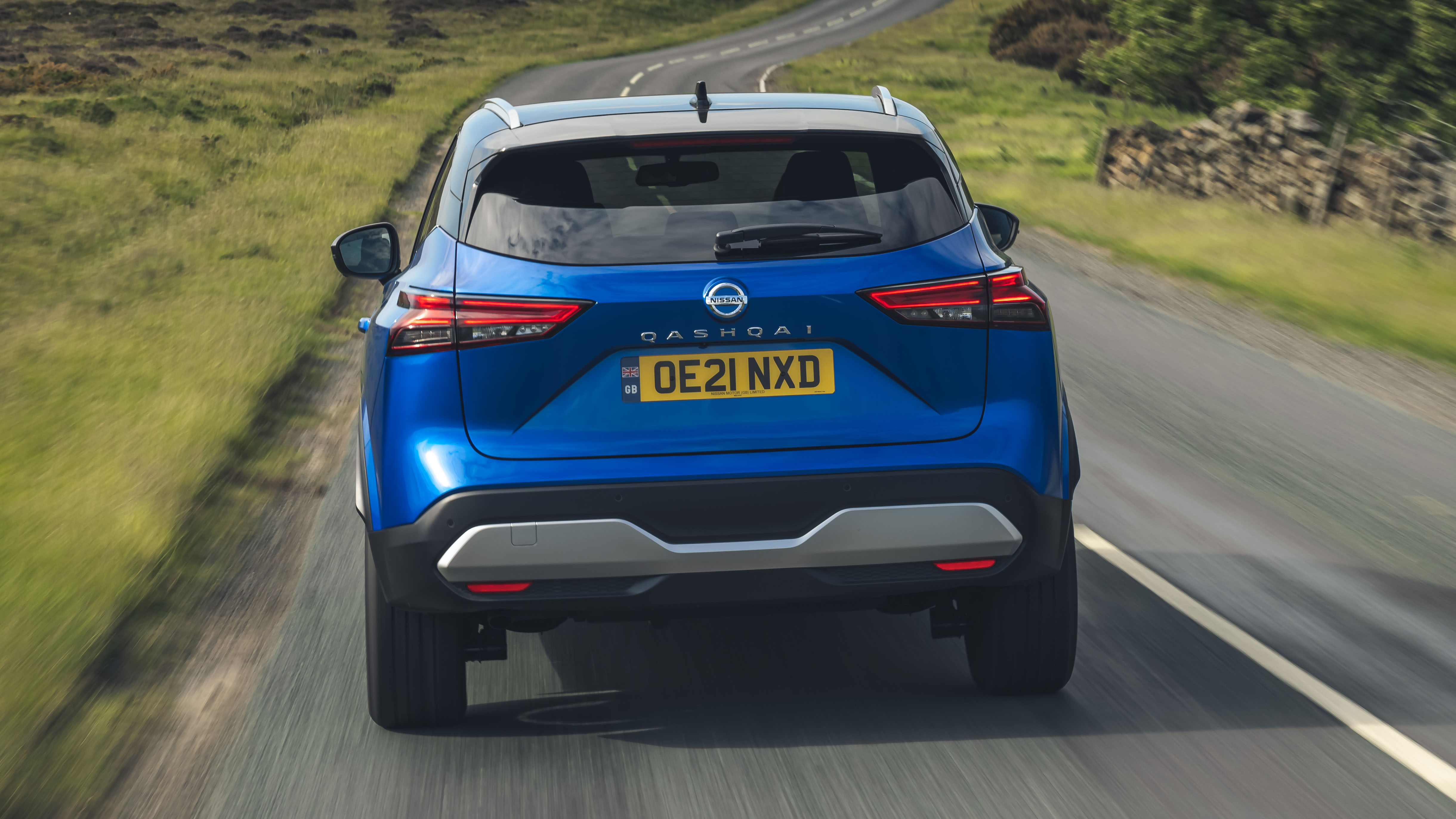
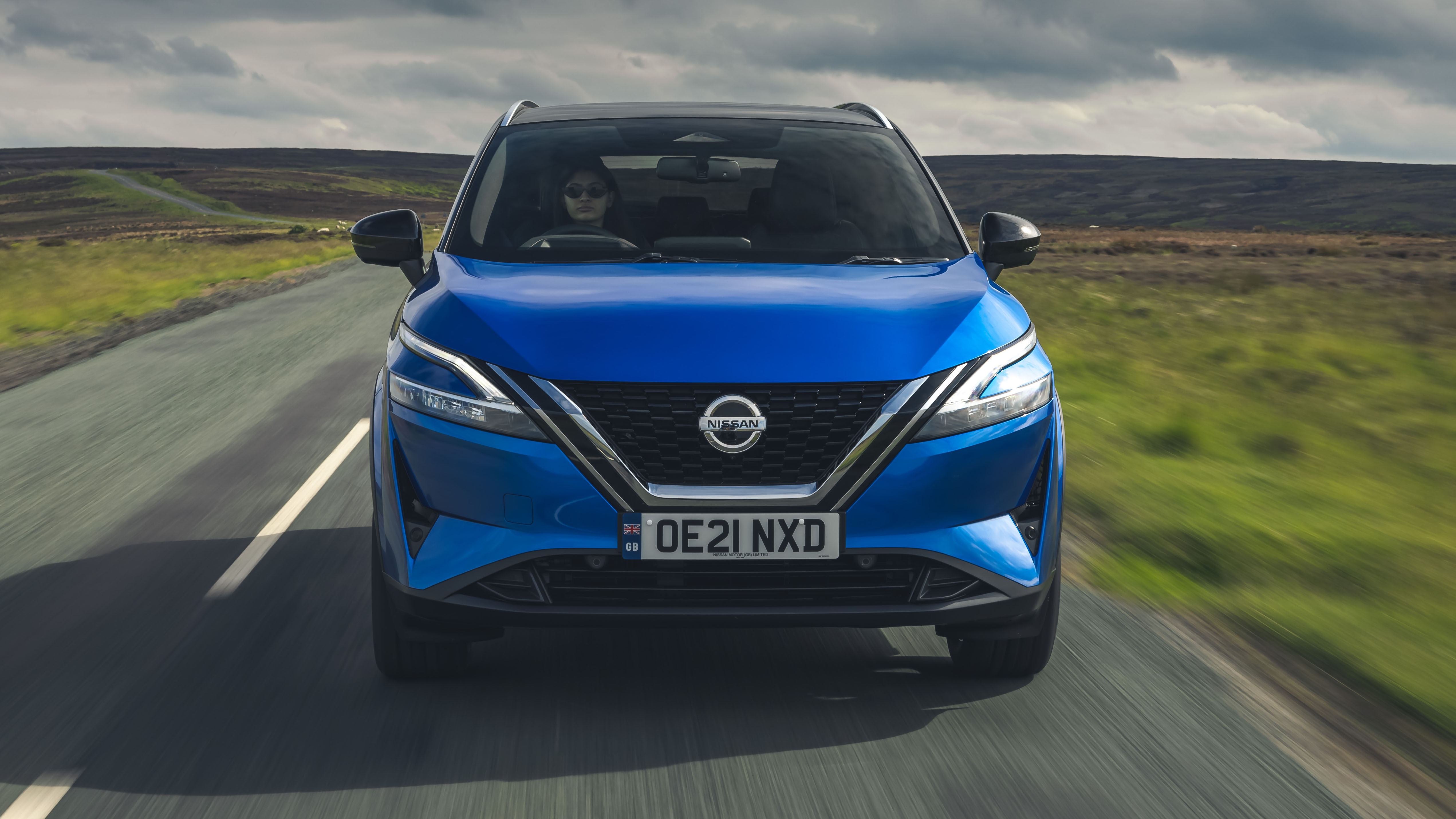
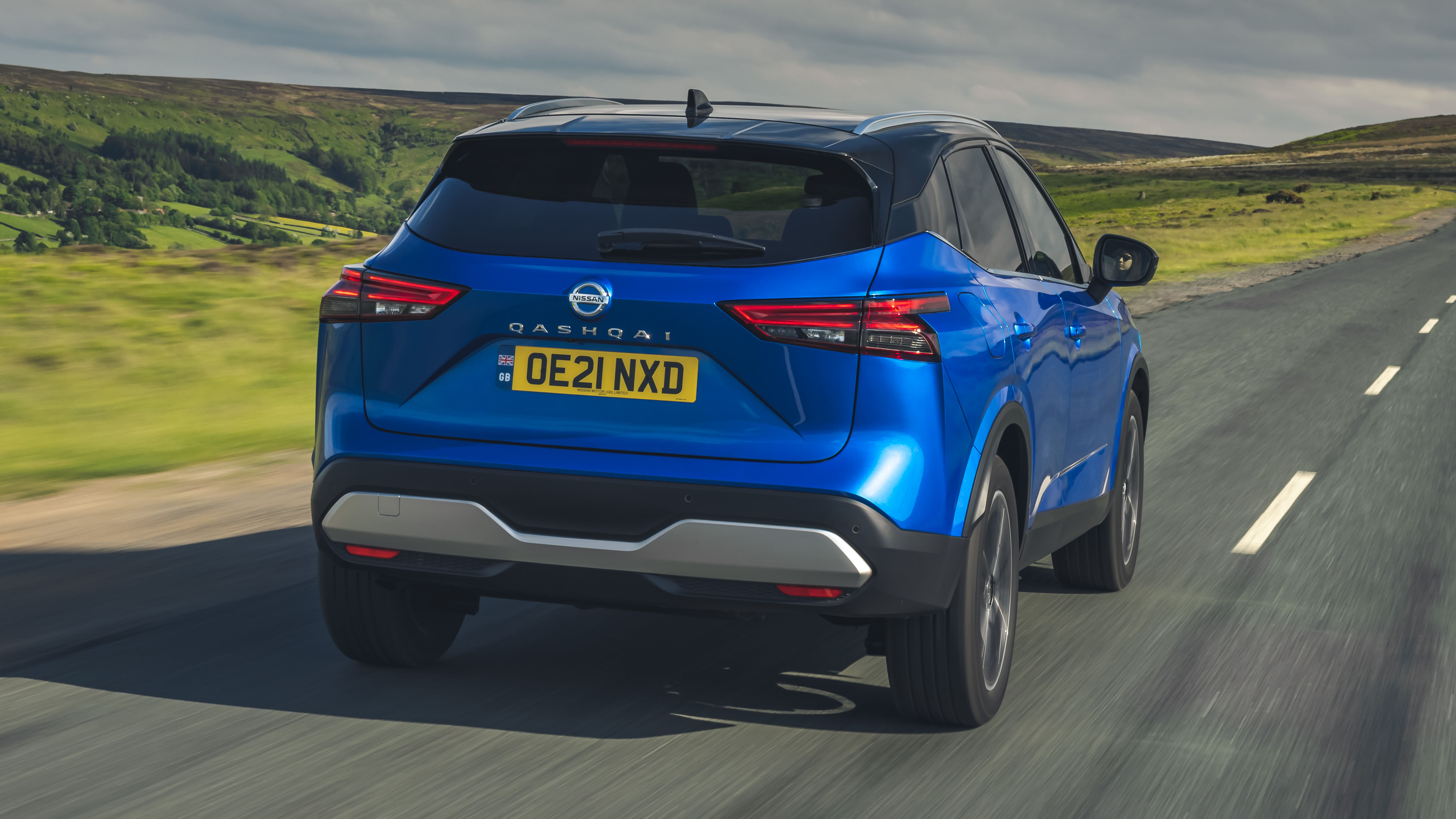
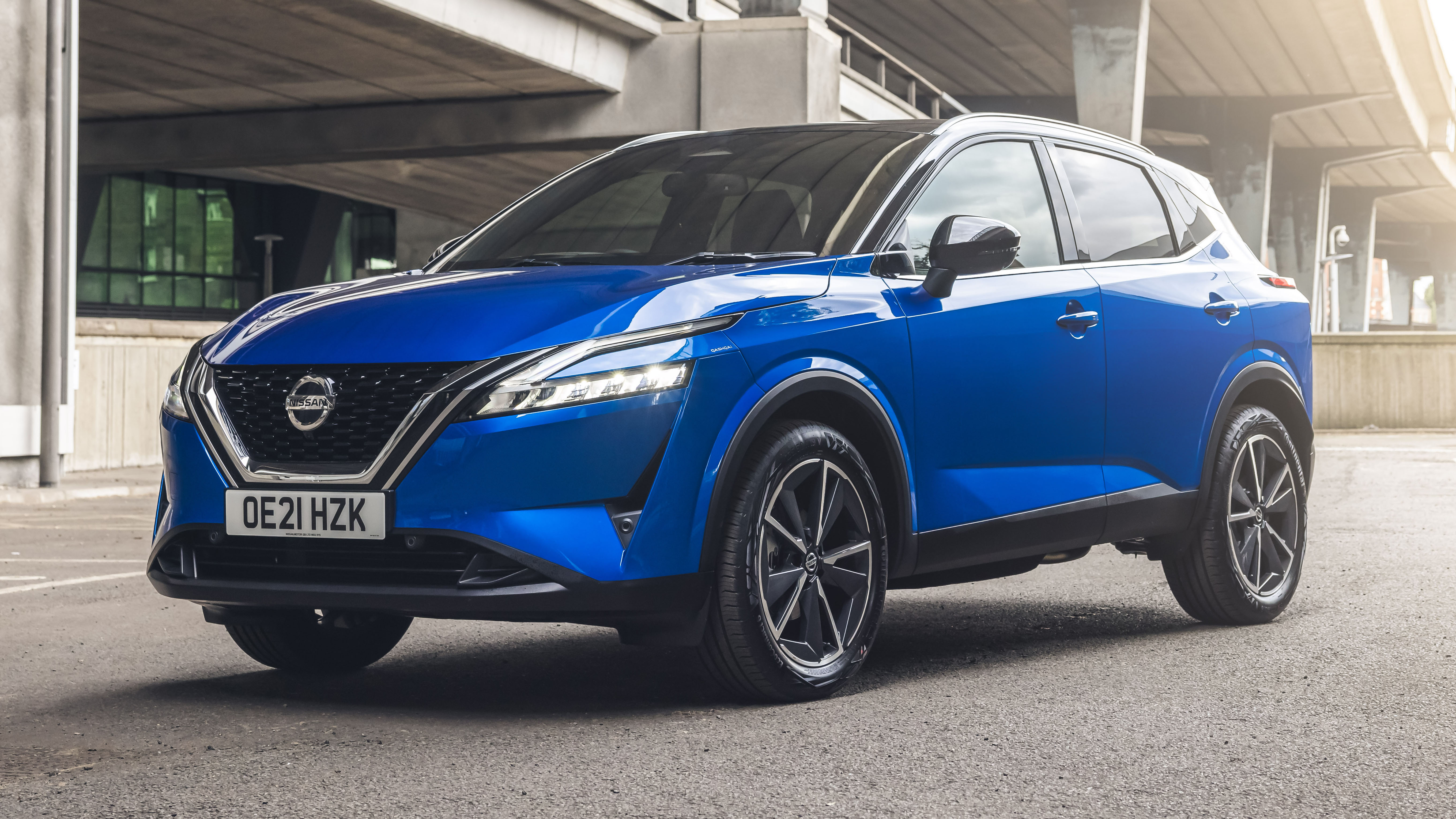
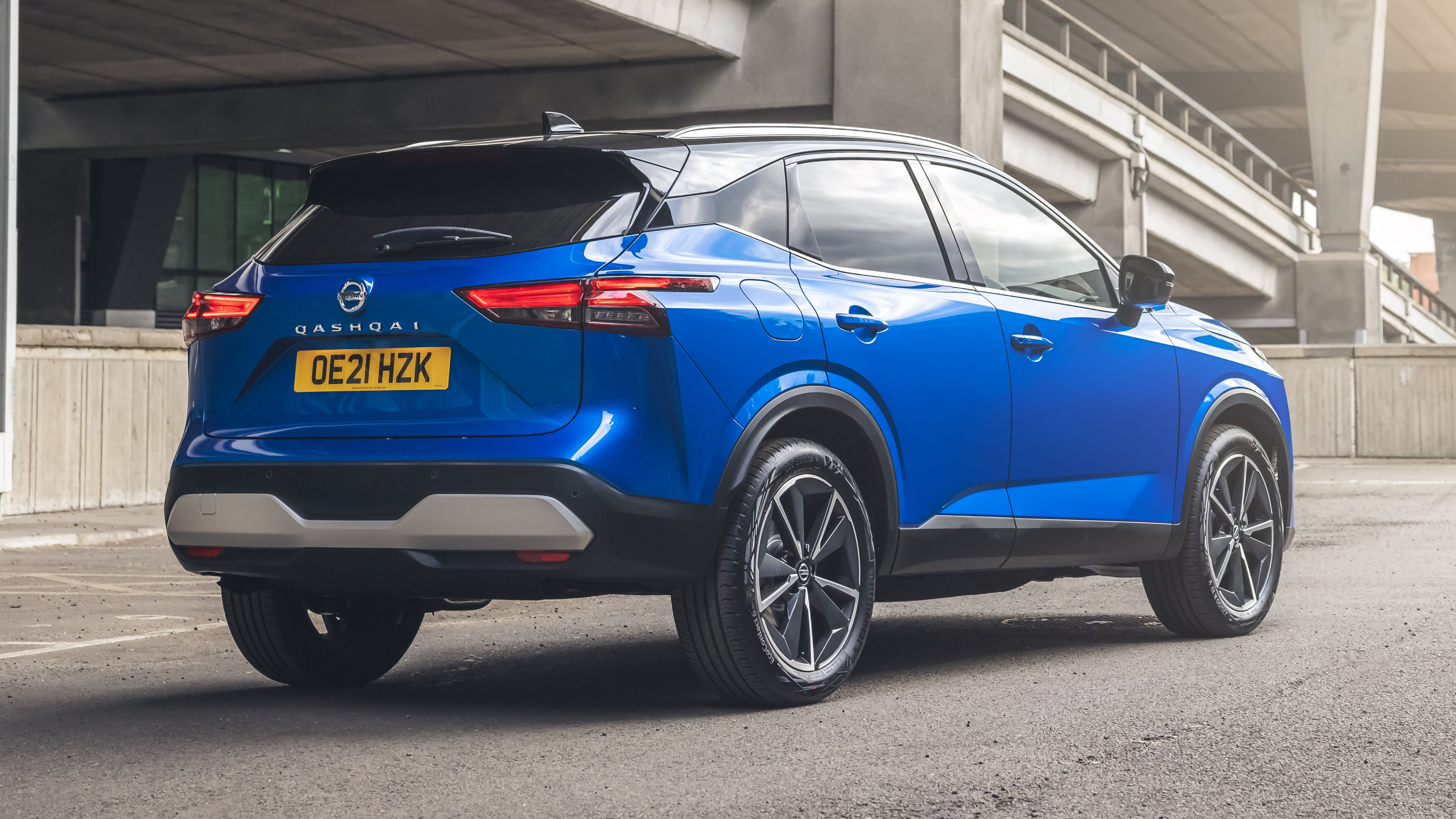
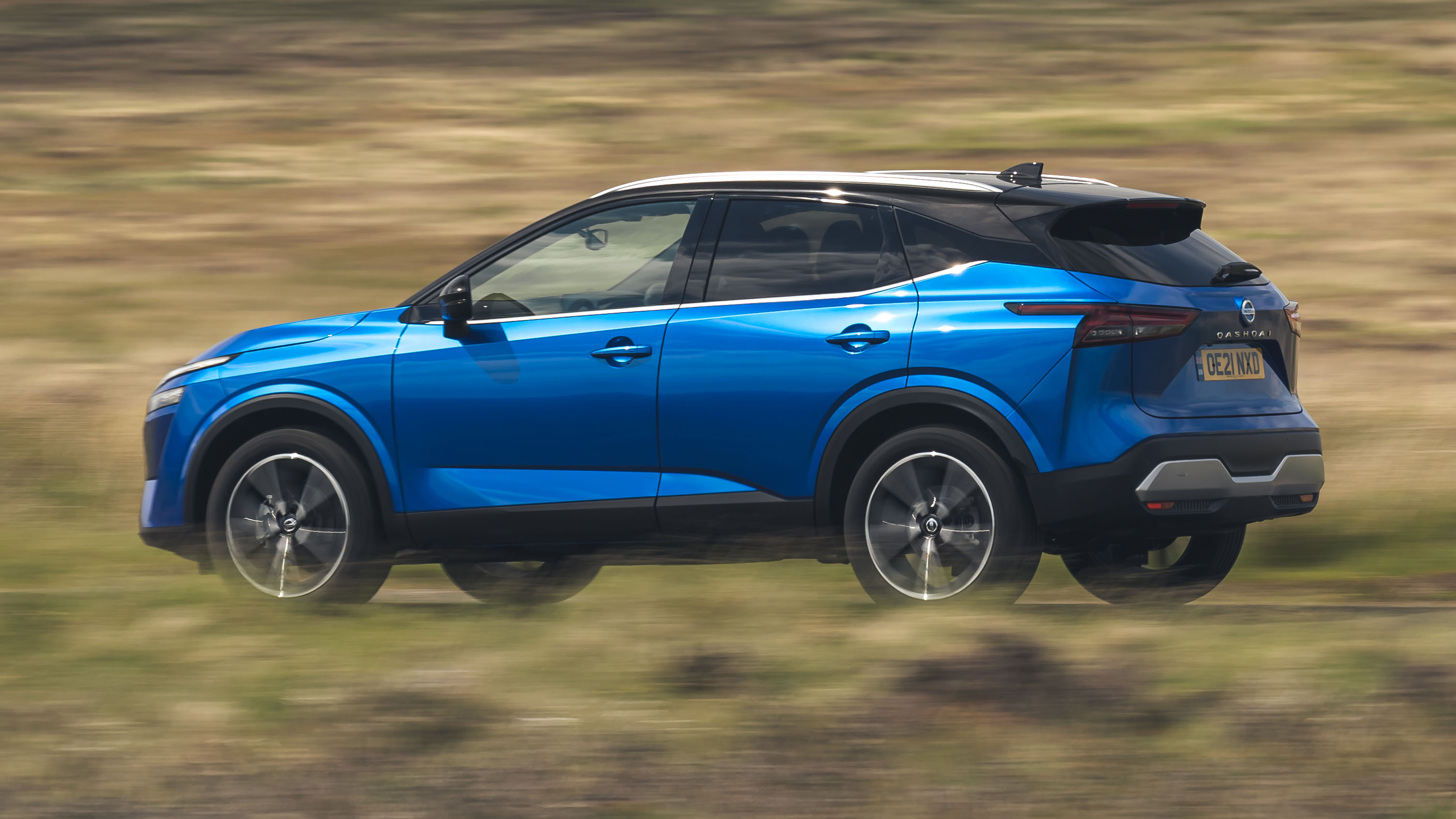
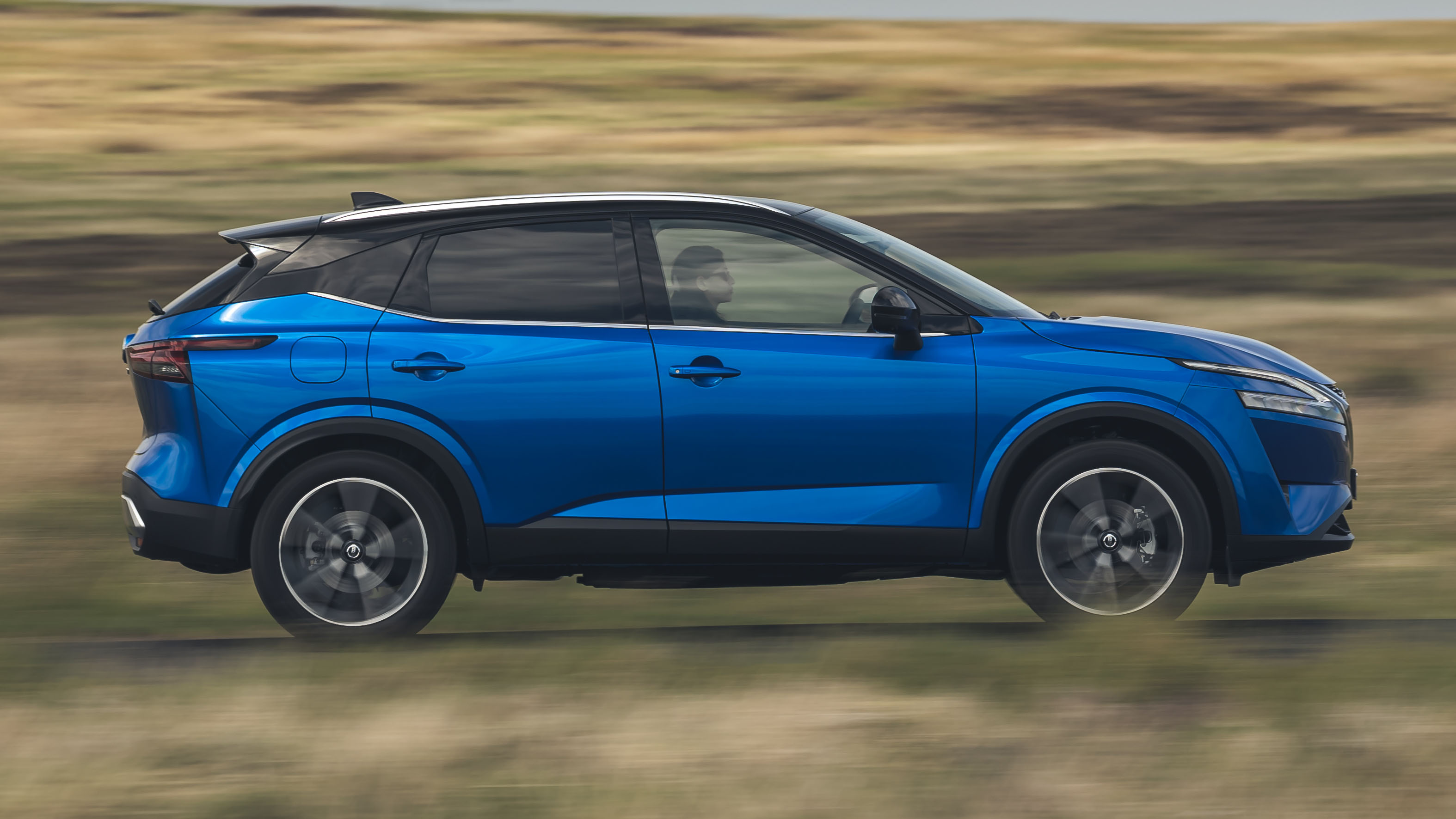
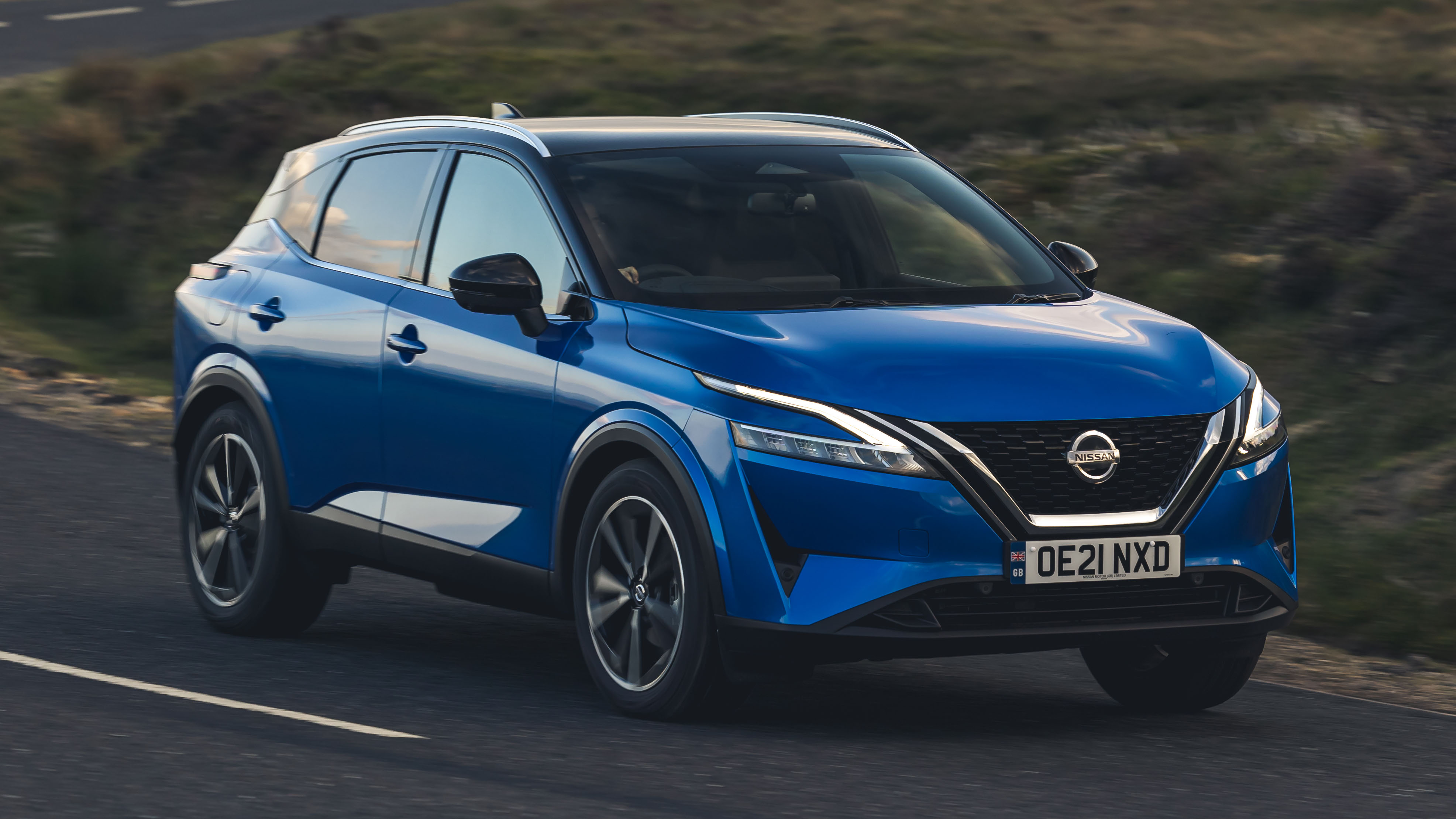
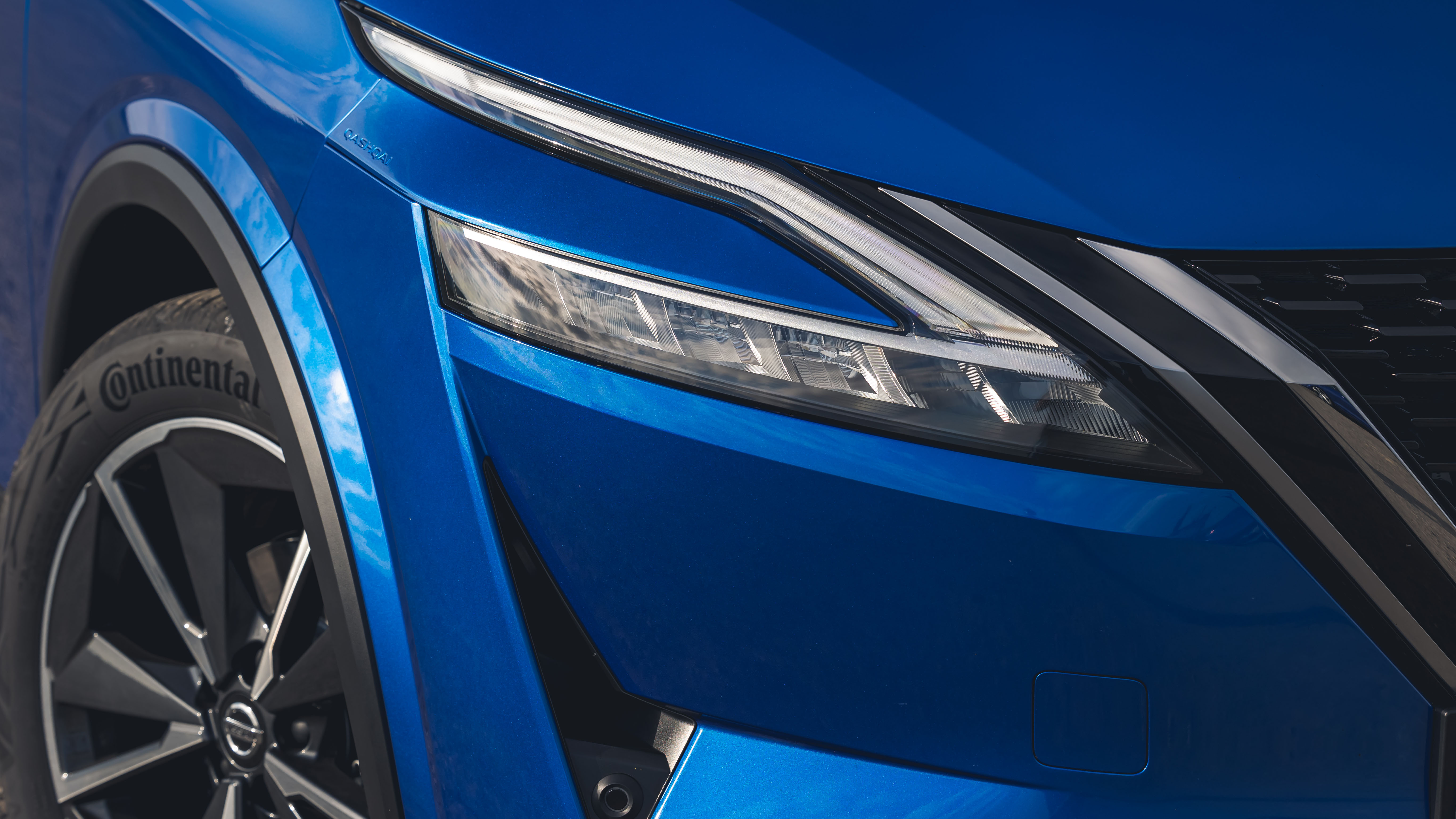
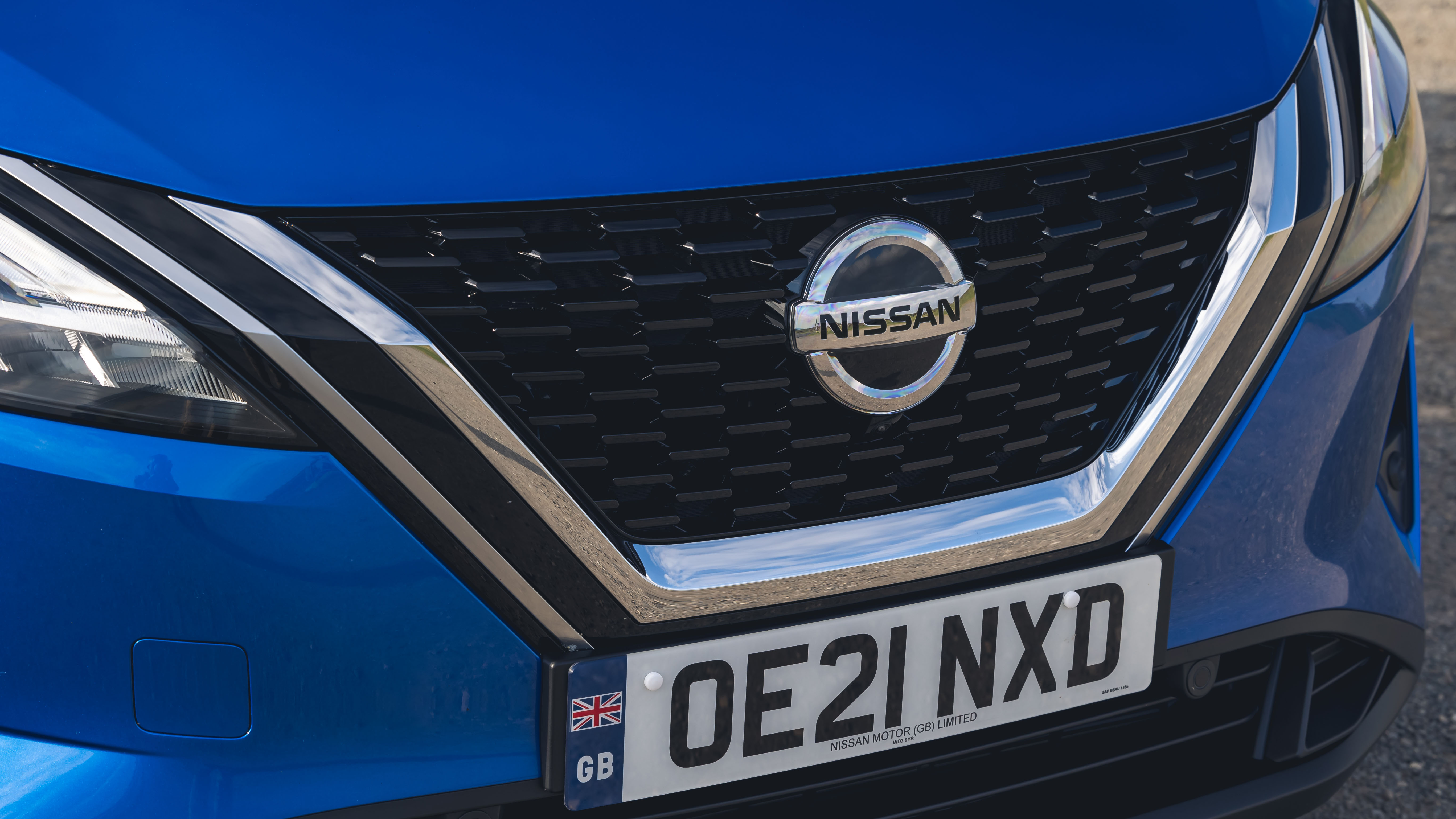
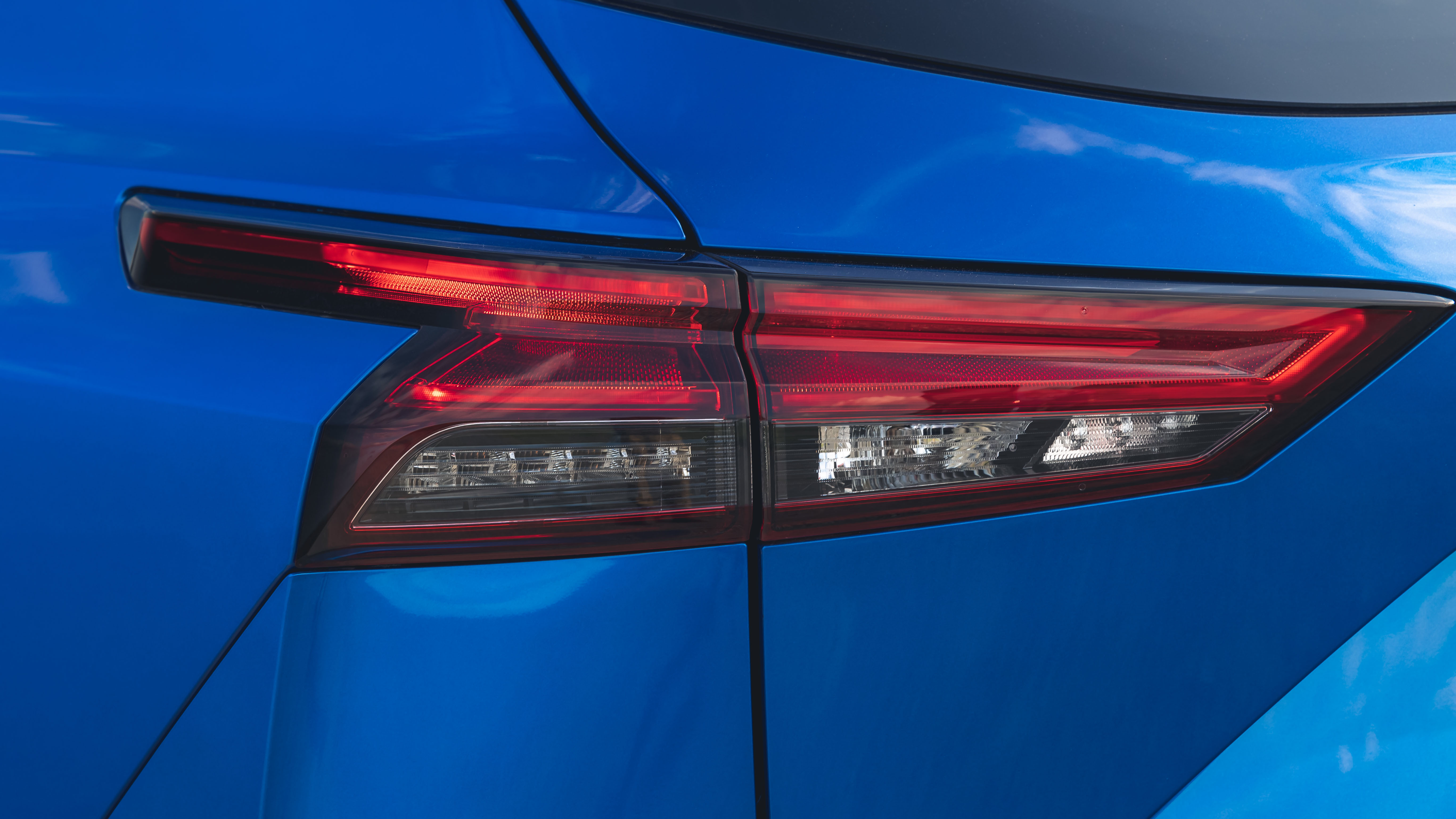
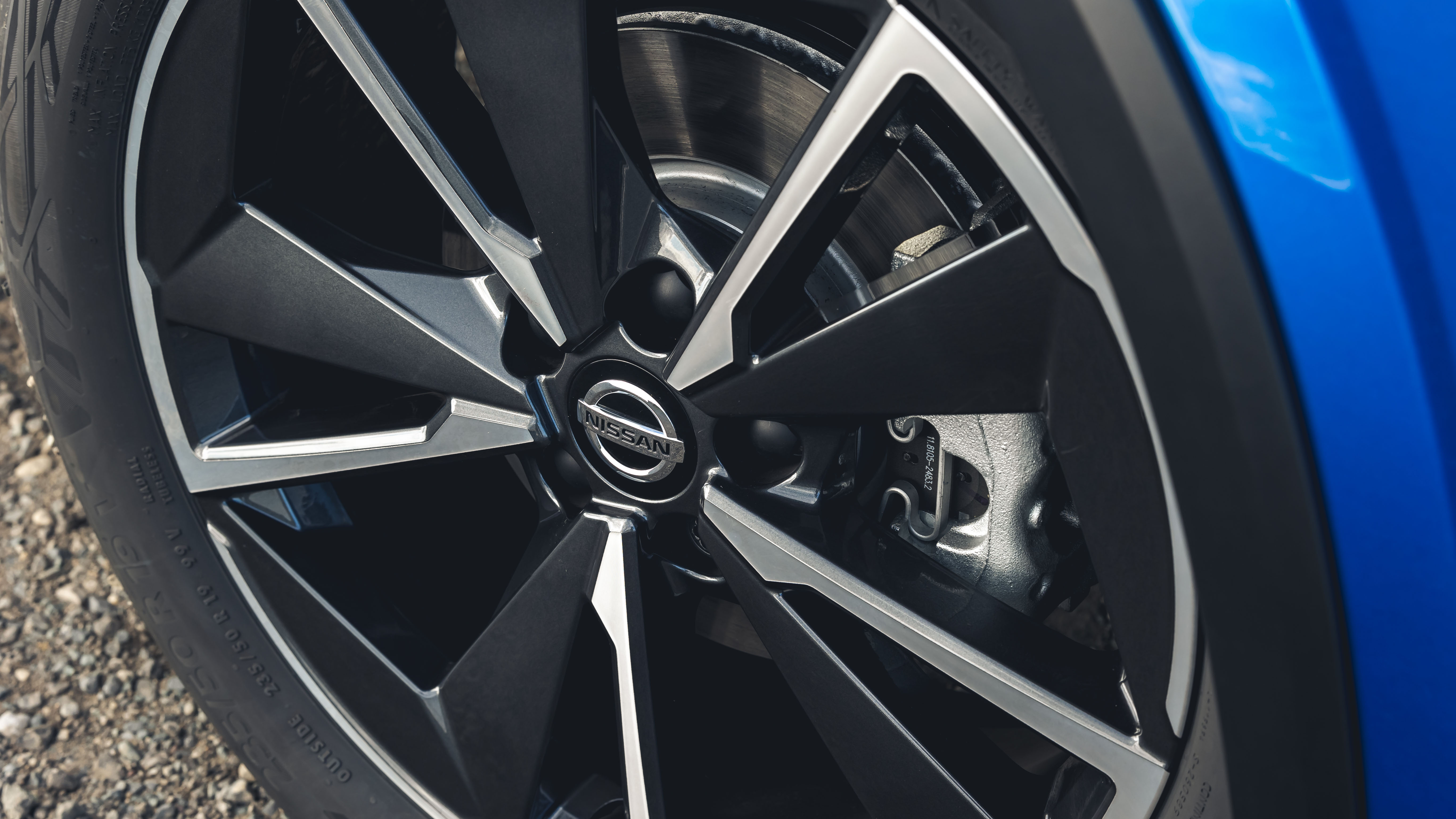
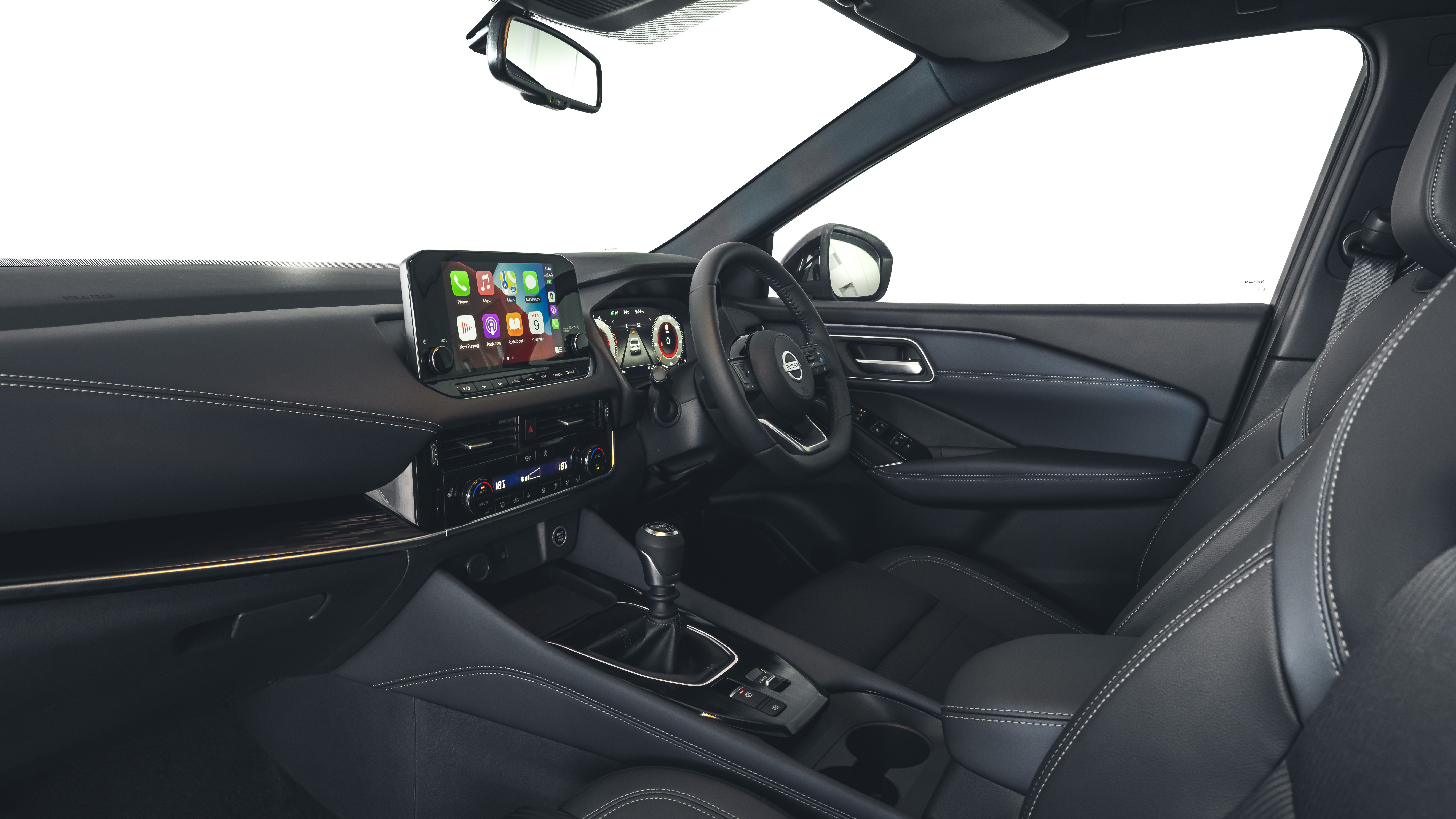
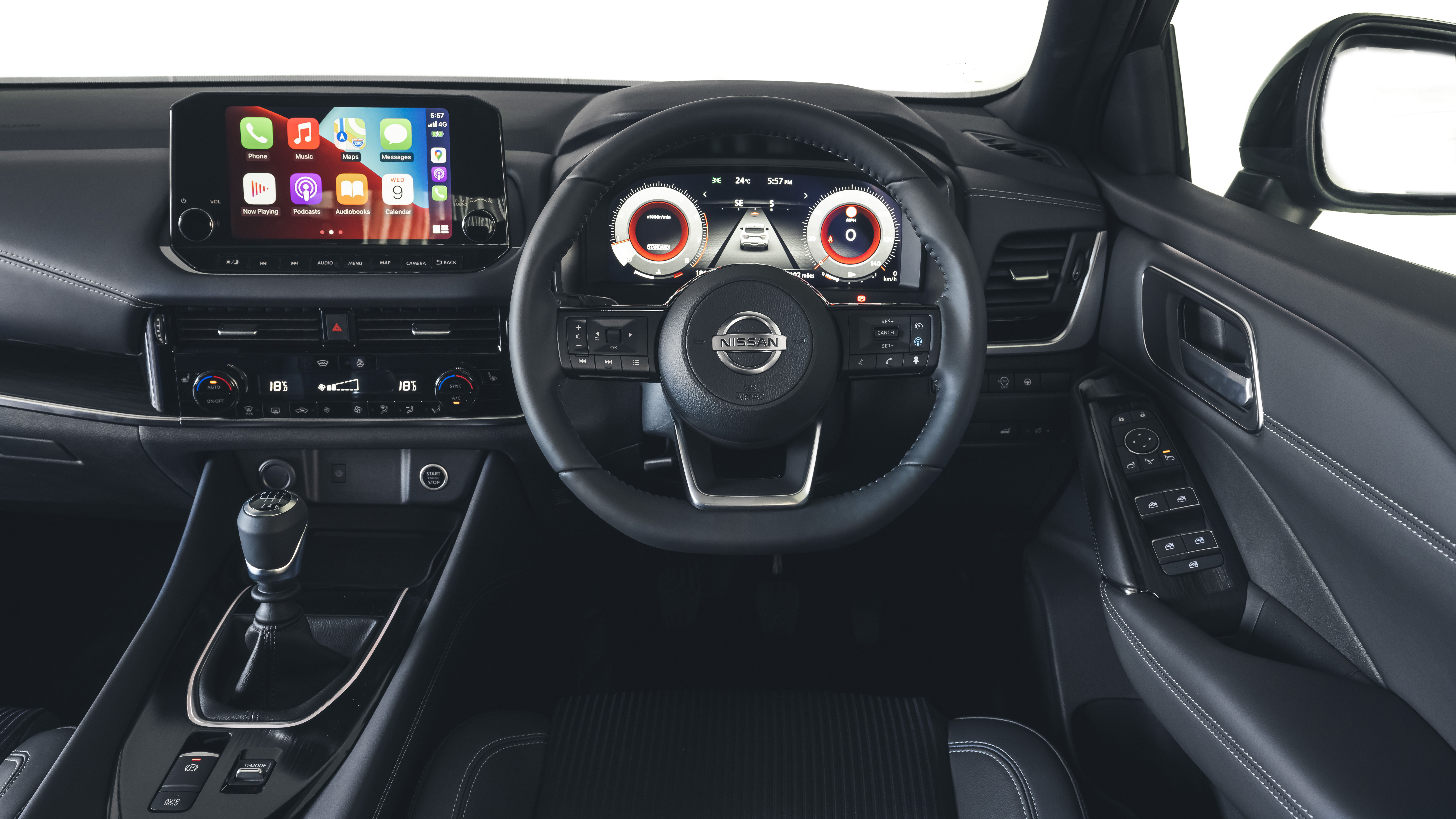
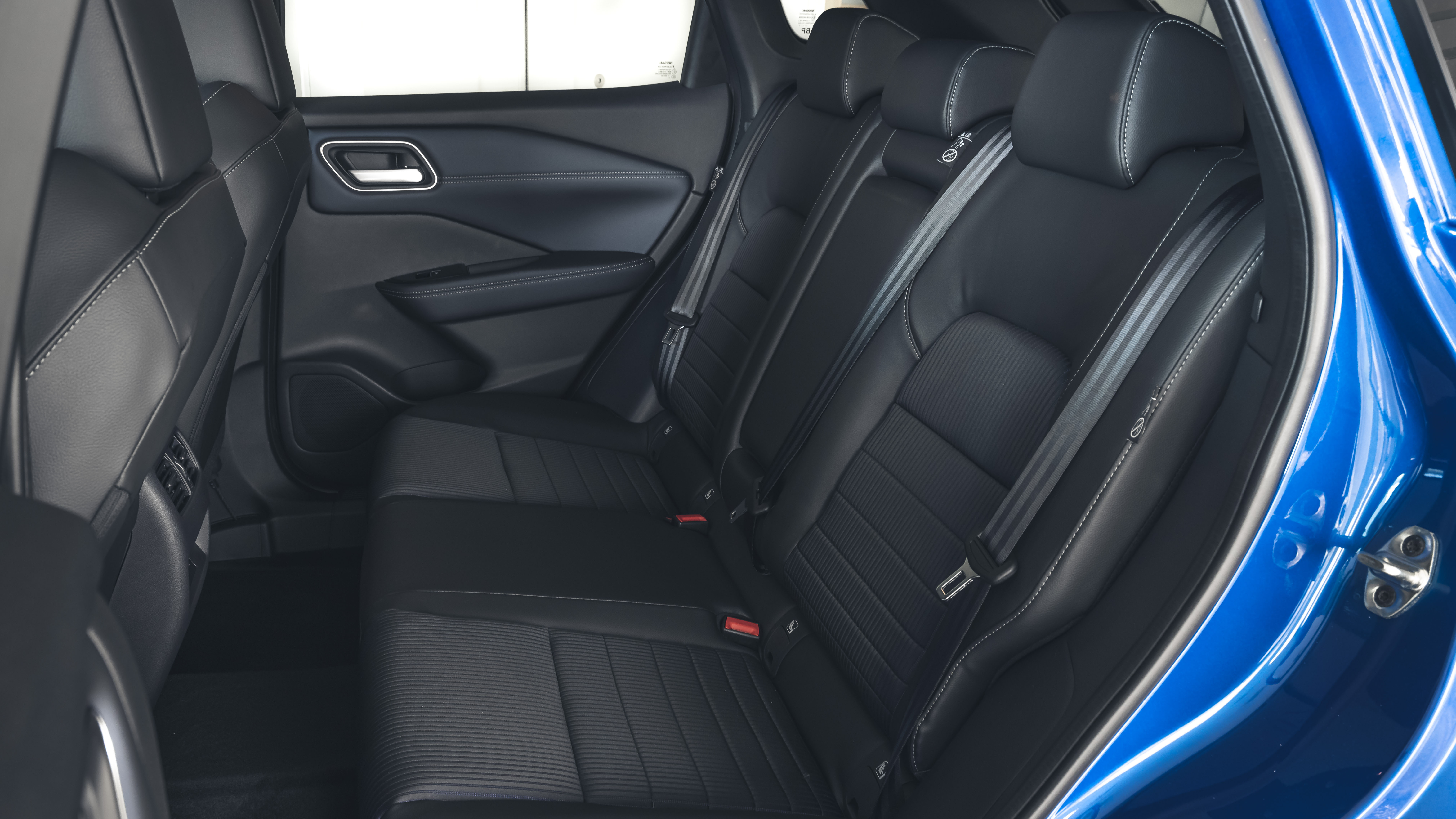
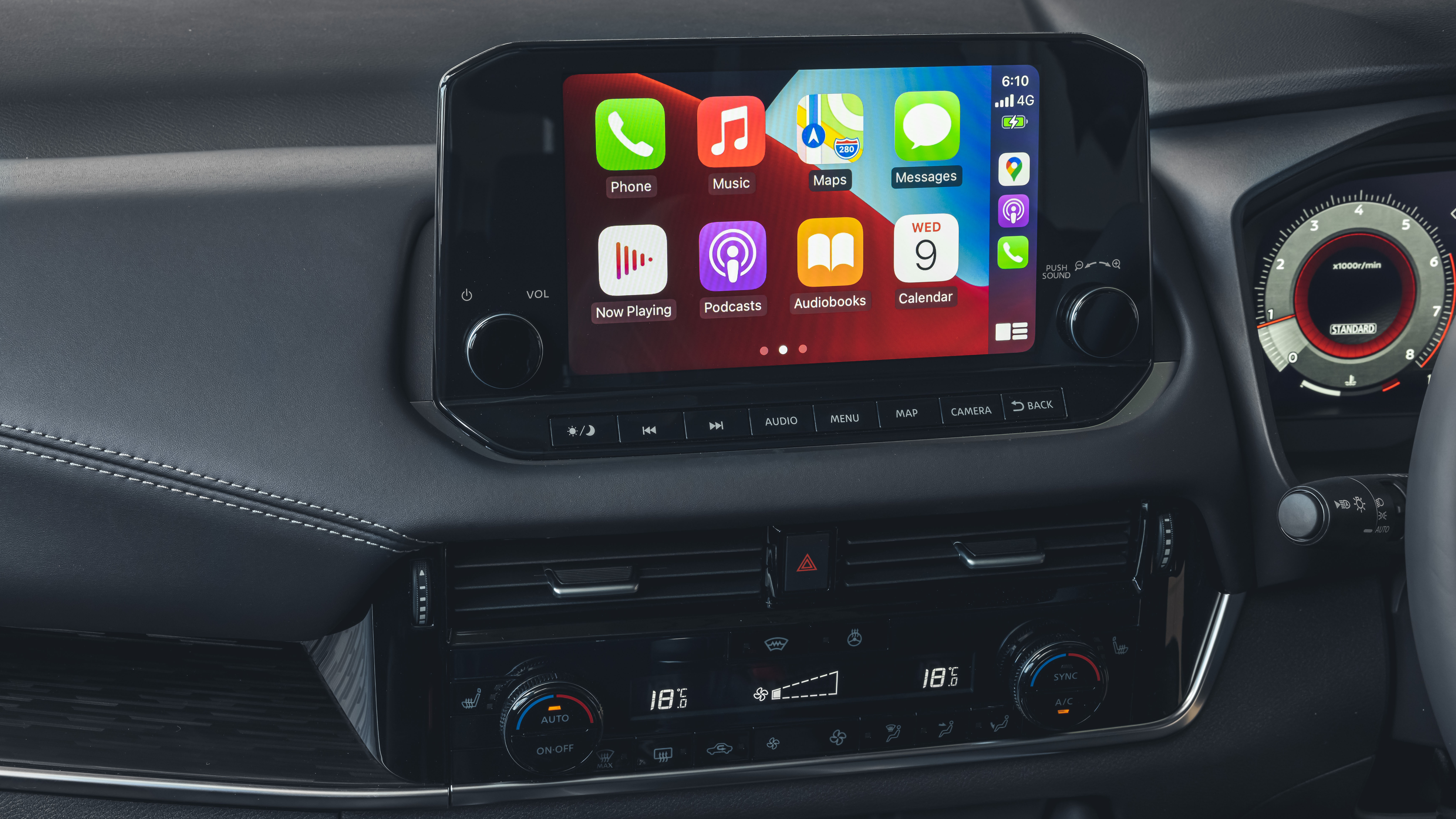
Good stuff
Slots into daily life. Tech-heavy but not baffling. Refined, safe
Bad stuff
A little dull to drive. Stiffish ride. Only one engine at launch
Overview
What is it?
Well, the Qashqai isn’t so much a crossover as the crossover. Nissan can fairly claim its 2007 original invented the idea of a tall hatch – as opposed to a lowered SUV. Its proposition: more room and image than a hatchback, for little sacrifice in economy and dynamics. But no-one knew if it would succeed, least of all Nissan.
History shows the idea simply caught fire. Rivals sprouted. Nowadays about half of cars sold this size are crossovers. And despite all the competition the Nissan is still the best seller among them.
Even if you think the Qashqai is a bit of a boring car, it’s an amazing social phenomenon. Hugely influential. Responsible for thousands of jobs in the UK – where it’s designed, engineered and built. And it has accounted for one in five of all the cars made in this country since 2007.
So what’s new?
Pretty much everything bar the engine. But they’ve been careful not to upset a winning formula. So it’s bigger, but only slightly. Sharper to look at, but still recognisable. More sophisticated in its electronics and driver assist, but still straightforward and intuitive to operate.
Because Qashqais are everywhere, you can see who uses them. Families. So it’s obsessively developed to slot into urban family life. It’s not too bulky and has comprehensive parking assist. The boot is big, versatile, wipe-clean and buggy-friendly. The back doors open uncommonly wide for wrestling toddlers into child-seats.
Diesel engines are history. At launch all the grunt-work is done by a 1.3 petrol, now with mild-hybrid assistance. It comes in 138 and 156bhp, the lower as manual FWD, the higher with manual or a new CVT auto. That auto can take FWD or 4WD.
Next year, for lovers of torque and economy, the effective diesel replacement comes along. It’s a series hybrid. Petrol engine drives generator. Generator charges hybrid battery. Electric motor drives wheels. So it should feel like a pure EV, but doesn’t need a plug. E-Power, they call it.
The new platform has a slightly longer wheelbase than before and a bit more room in the cabin, plus space for those hybrid batteries. But the body is 60kg lighter: bonnet, doors and front wings are aluminium and the tailgate is plastic.
How does it drive?
The little engine is just about plucky enough in 156bhp form. The 0-62 is 9.5 seconds. Low down, the mild-hybrid kick masks the lag. Higher up it’ll joust in the motorway overtaking lane provided you hold your nerve.
The all-new CVT is designed to feel oozy at town speeds but more like an autobox when you push hard on the open road, and it pretty much does.
The suspension is taut, the ride busy but not harsh. There’s some lateral shuffling over uneven roads, too. Maybe it settles when you’ve loaded it with kids, pets and all that goes with.
Anyway, the FWD version doesn’t feel embarrassed in corners, resisting roll and squeal well enough. Not that it actually vouchsafes its driver much recreation. But for a crossover, it’s more than OK.
Best bit is the solidity. The suspension doesn’t shudder, the body doesn’t quiver, the seats and steering wheel are mounted together with wobble-free integrity. Road noise is low on most surfaces. All of which gives it a premium quality that even some of the ‘premium’ crossovers can’t actually match.
Nissan always loads its cars up with driver assist, and provided you have the autobox the Qashqai brings the next stage of ProPilot. As before it’s an active cruise and lanekeeping system. New this time is a link to the navigation, so it’ll slow you up on approach to roundabouts and bends. It’s easy to use, with a self-explanatory interface. But it’s good at giving you a nudge if you rely on it too much.
A big head-up display, matrix headlamps and wireless Carplay all help boost the tech count.
Источник
Nissan Qashqai review: the hushed local hero
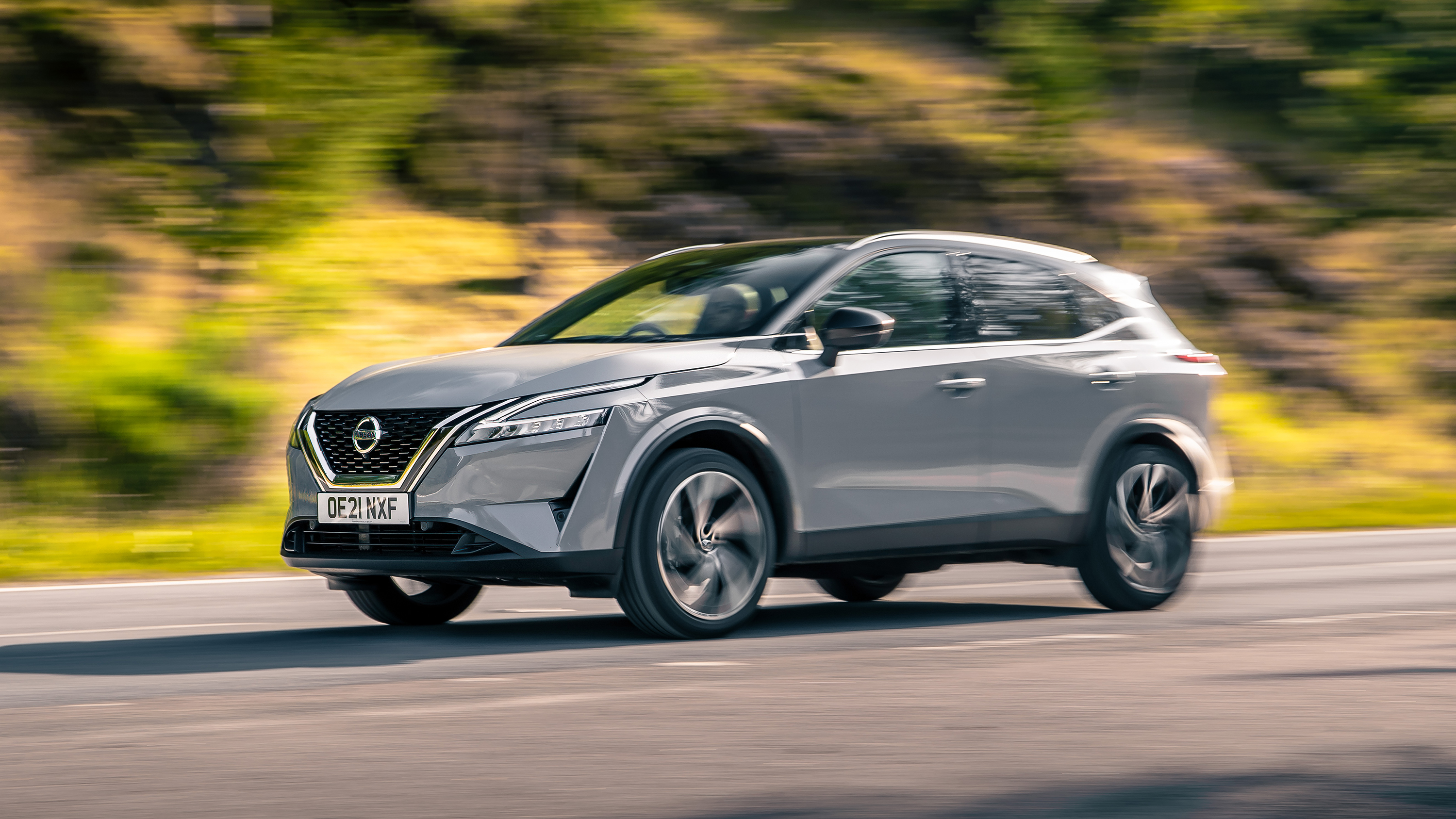
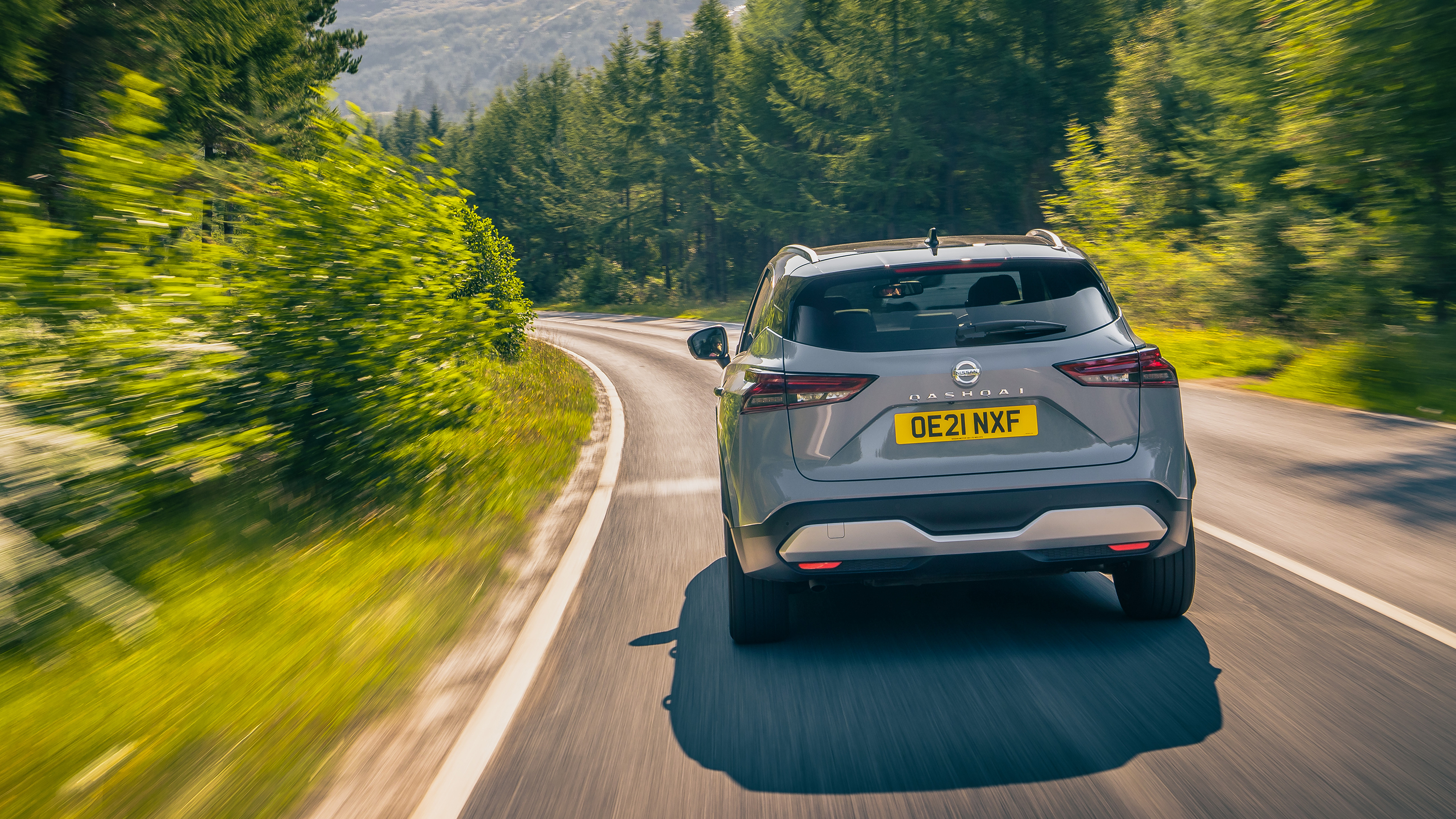
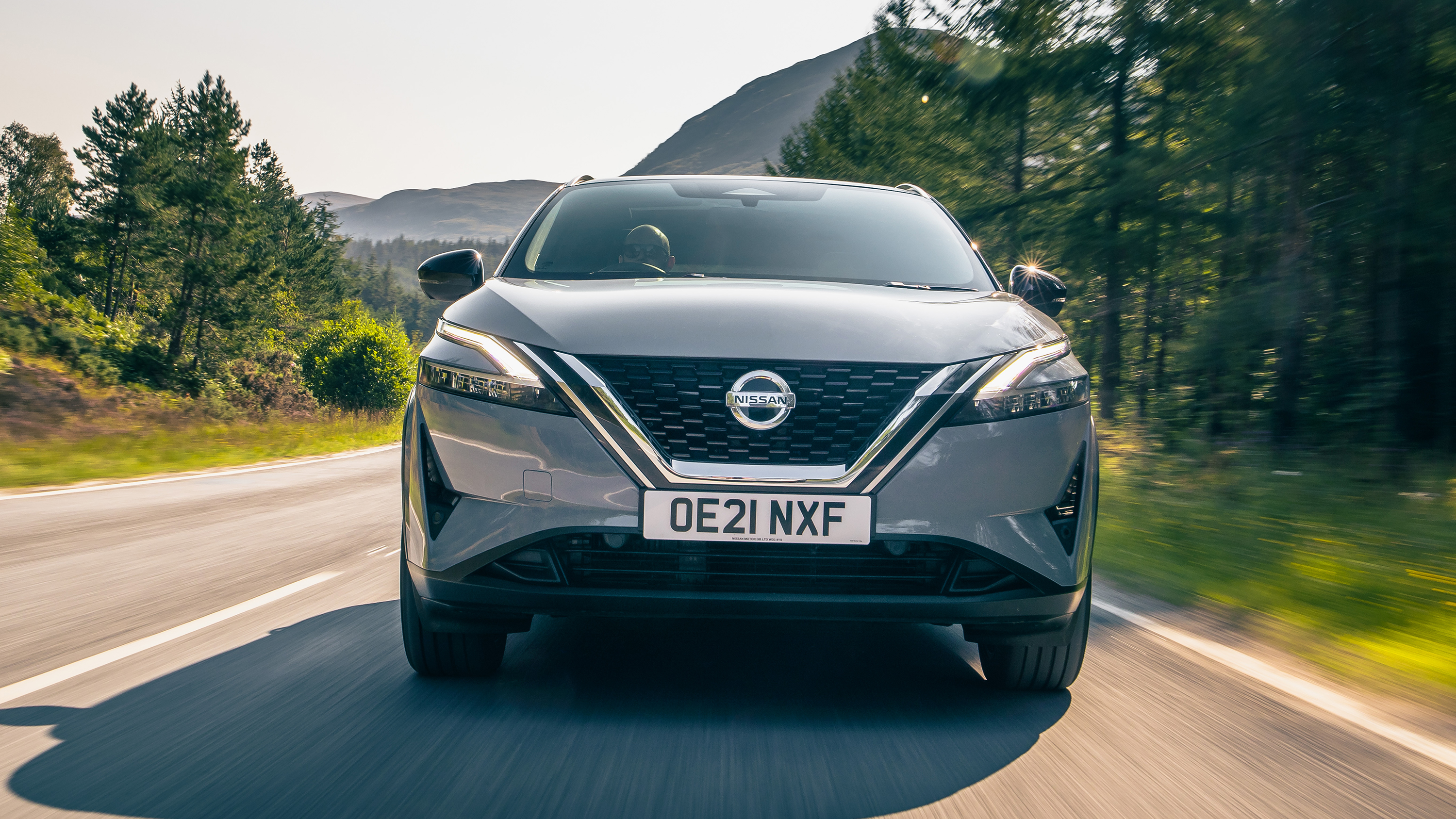
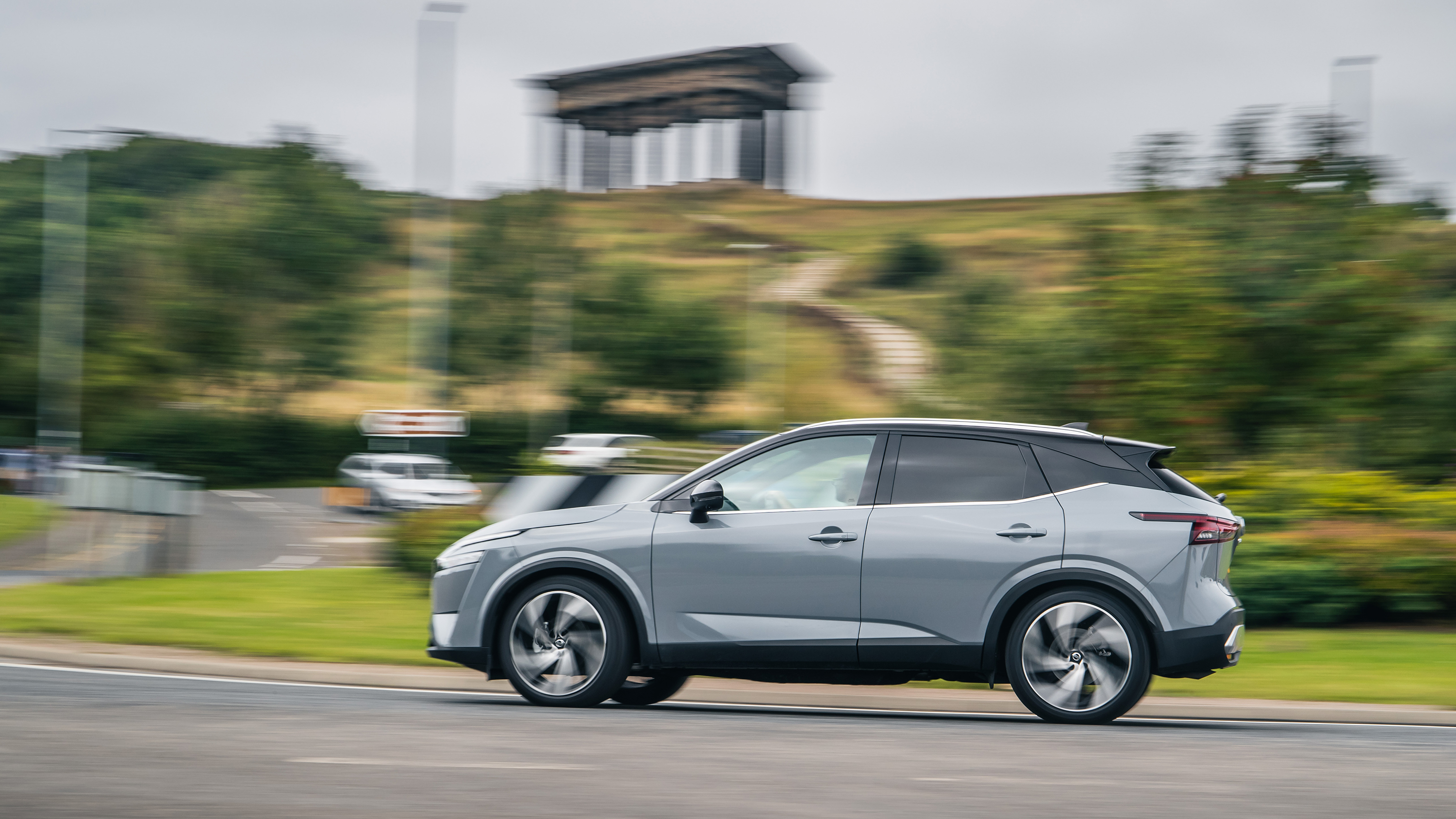
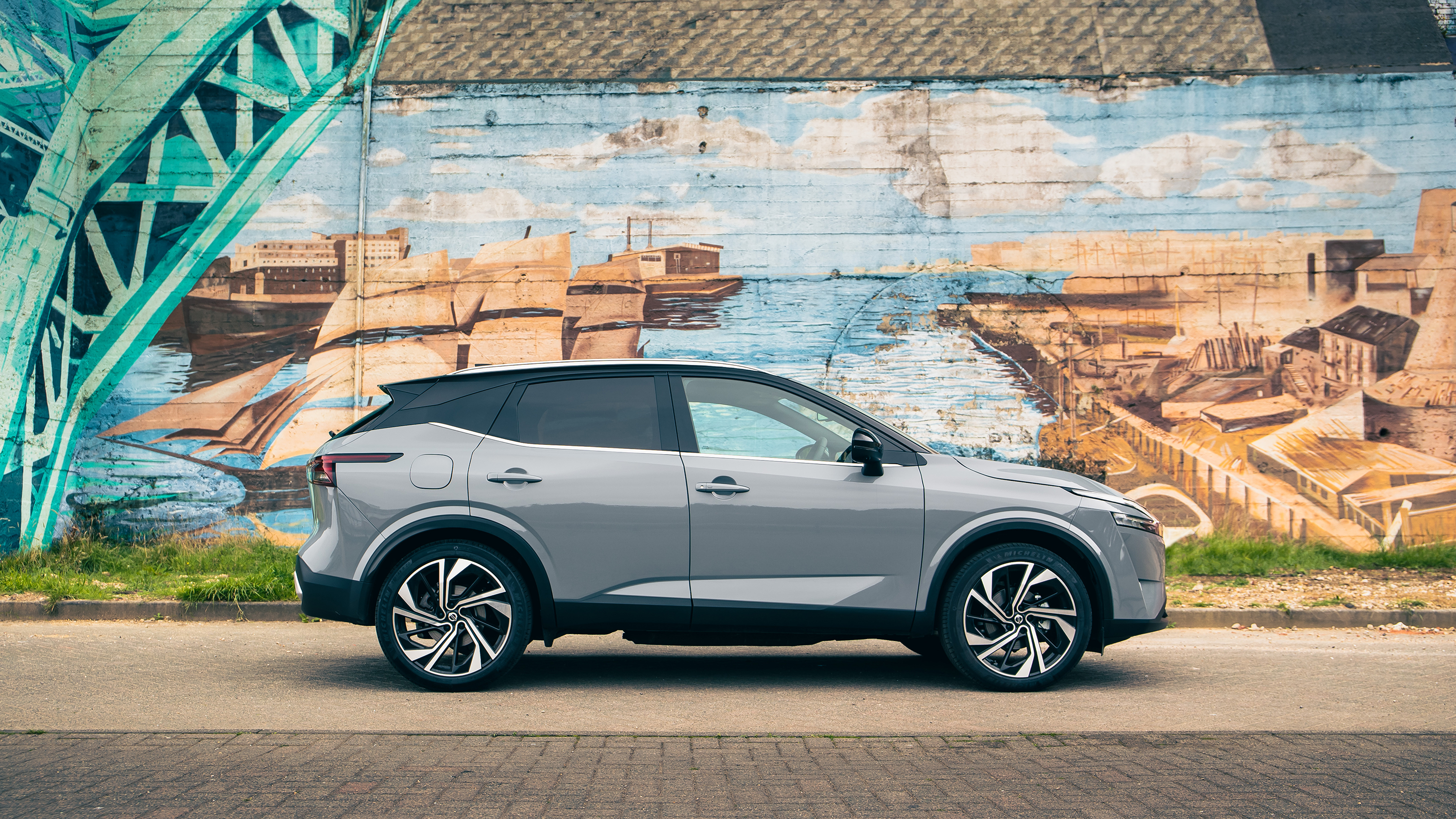
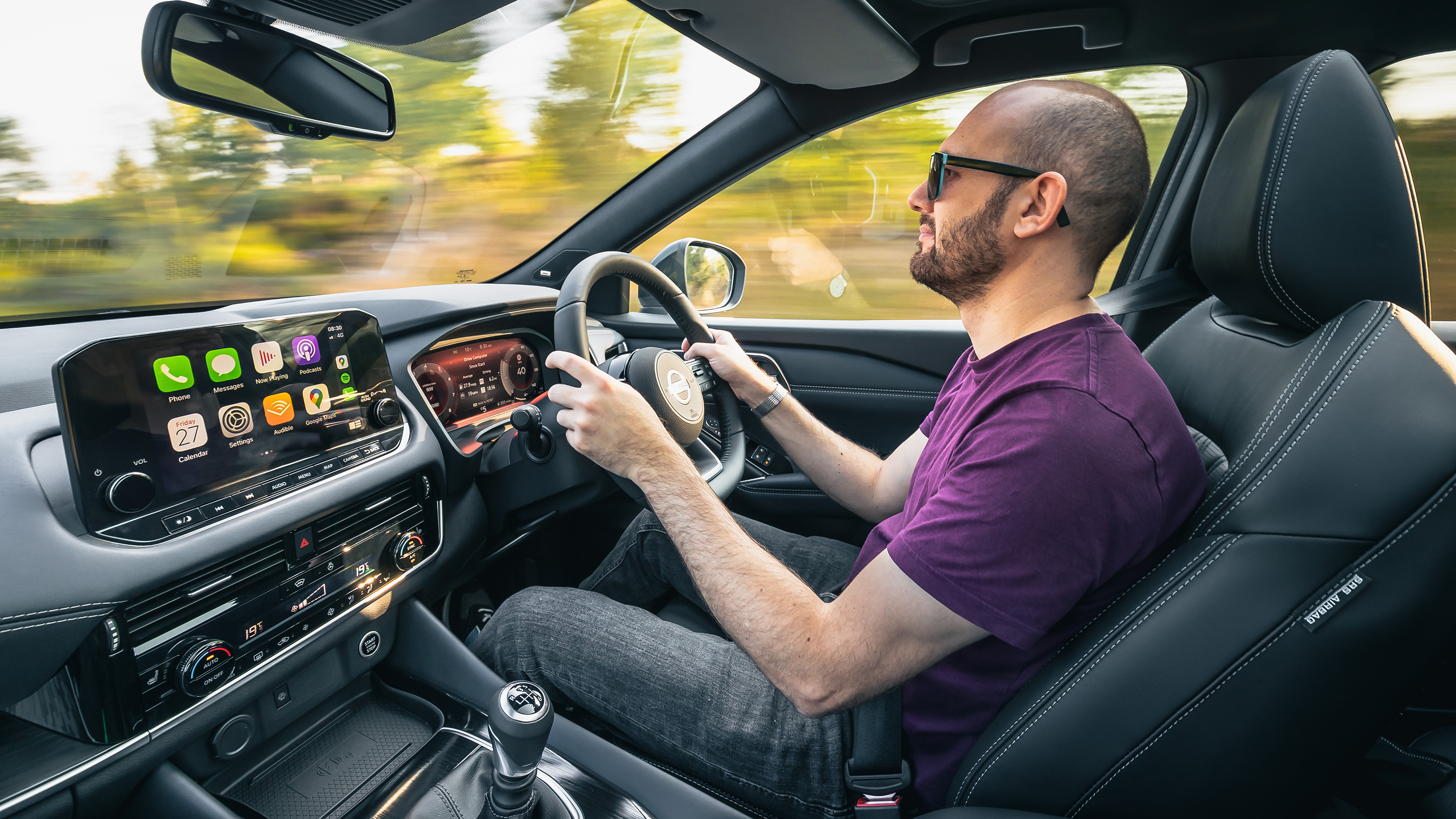
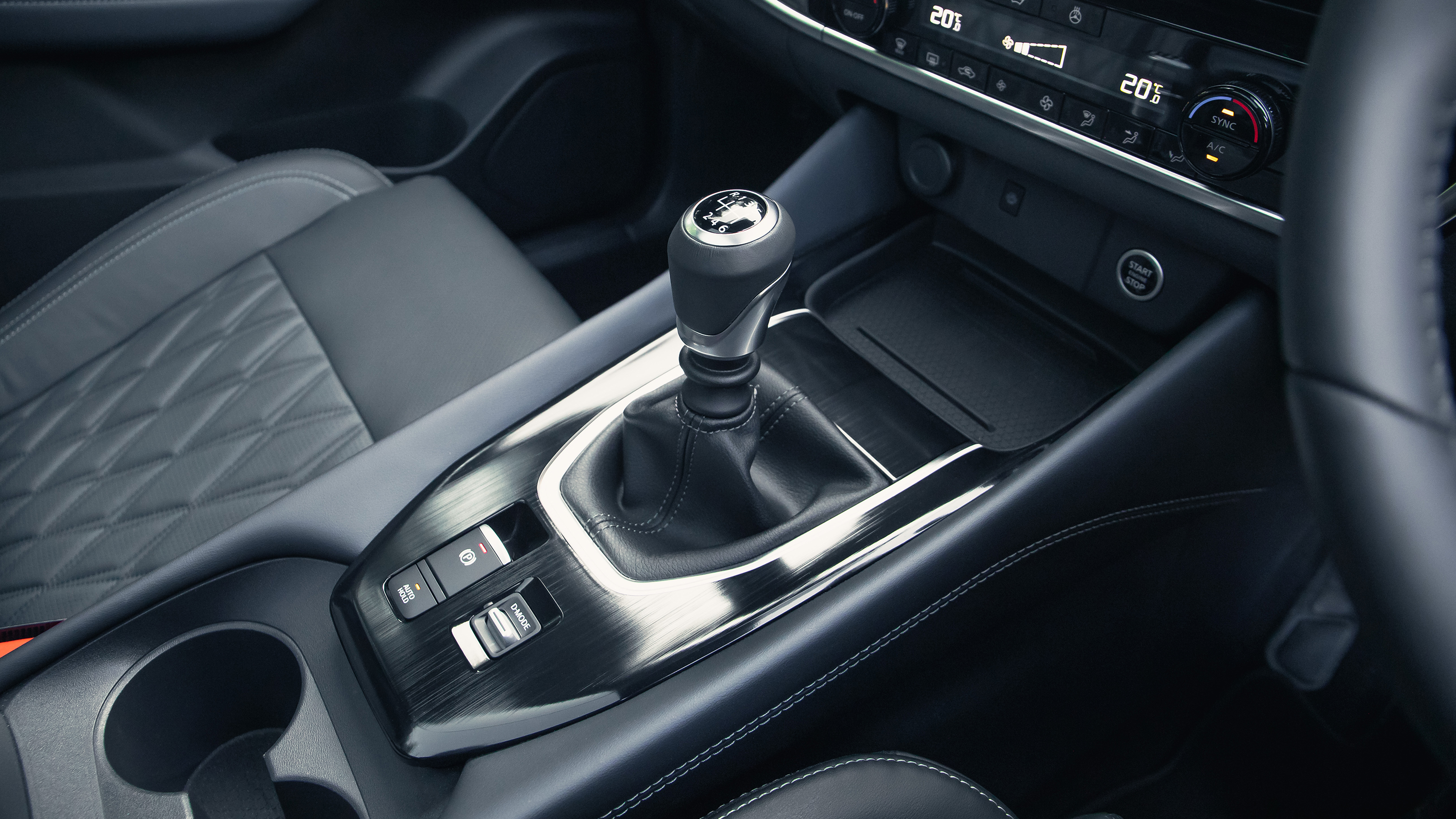
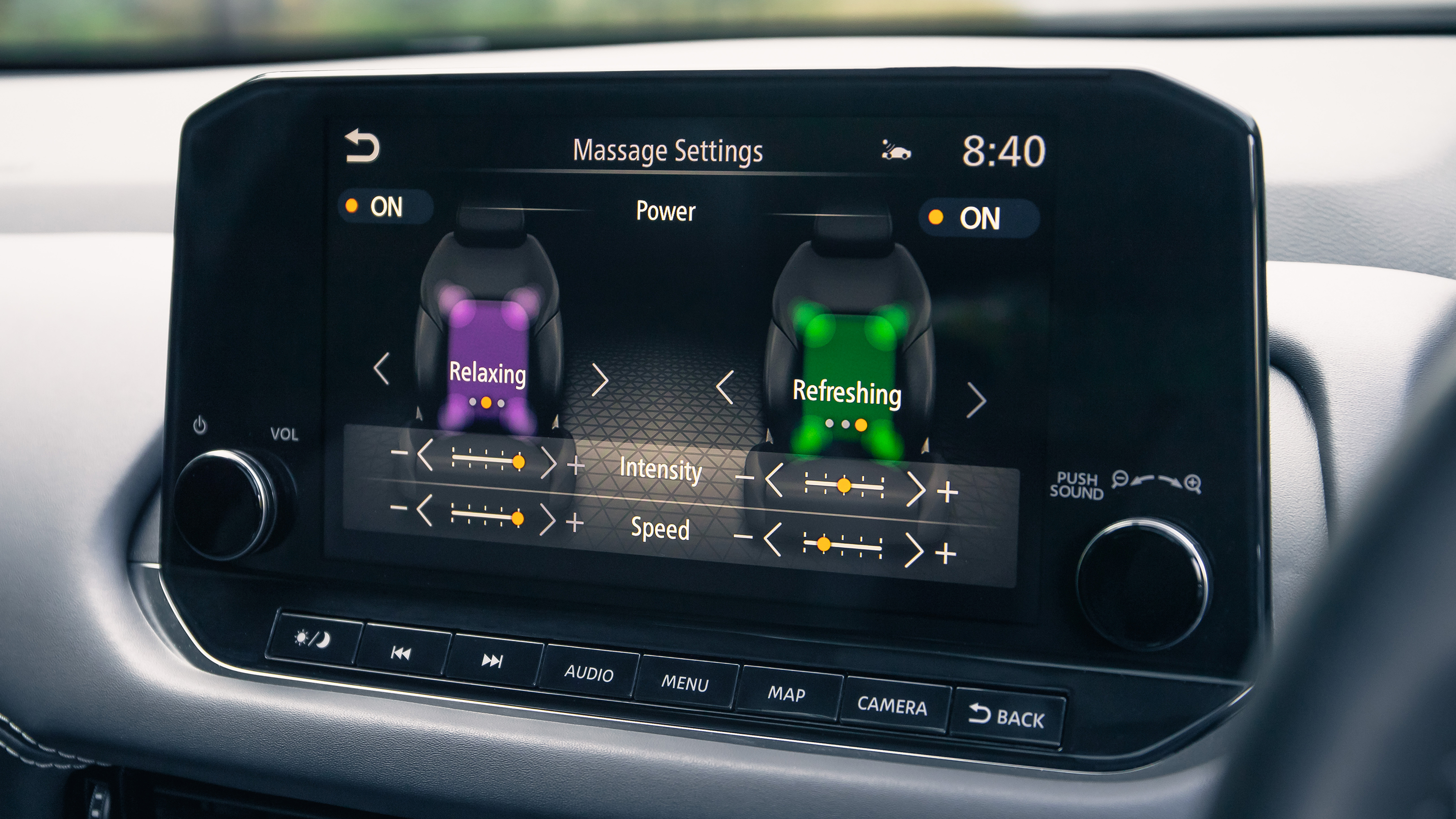
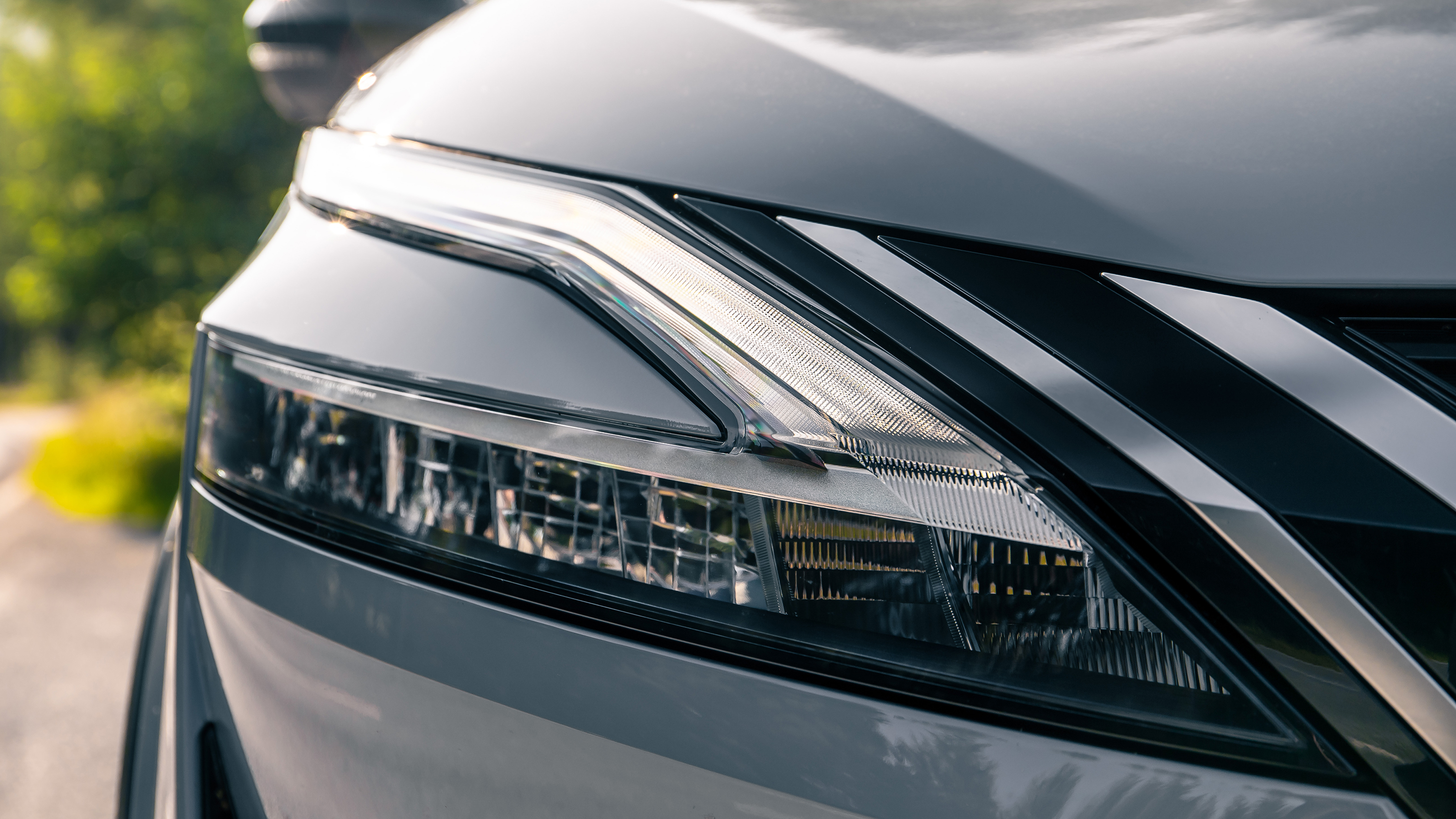
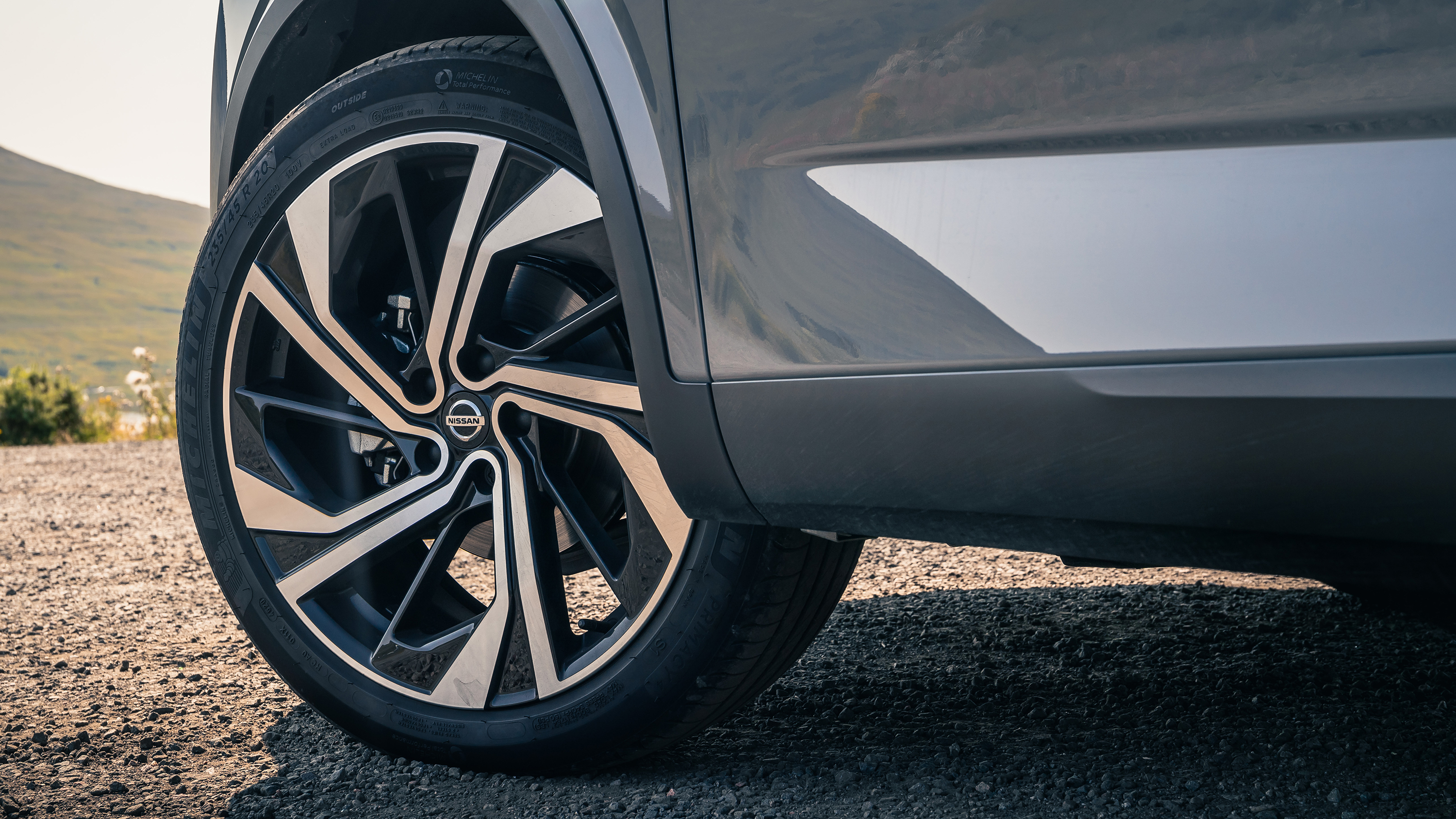
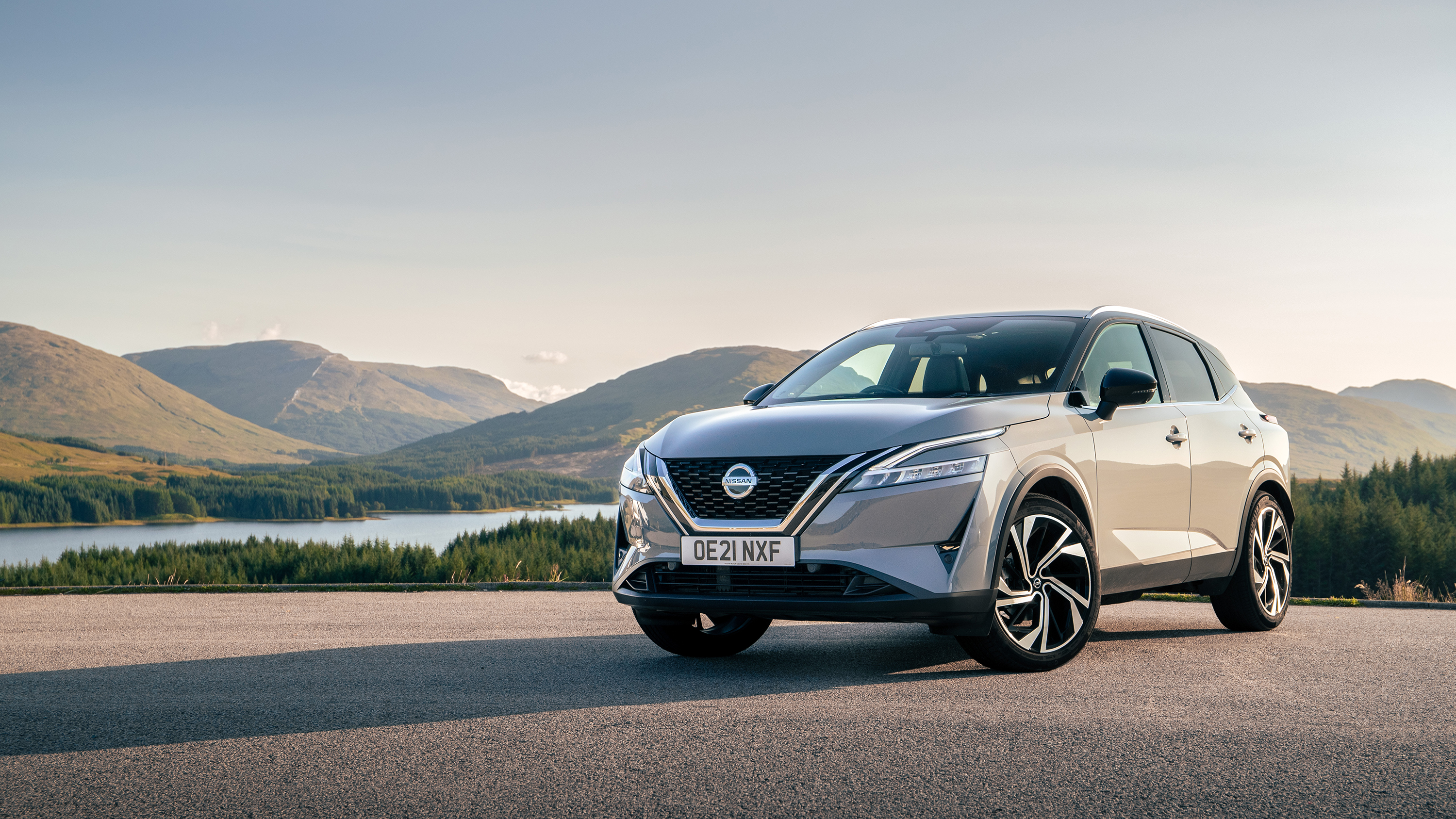
SPEC HIGHLIGHTS
Well this looks sensible.
You’d be right. For it is the Nissan Qashqai, a car entering its third generation with big shoes to fill but a fanbase loyal enough to ensure it’ll have misstepped greatly if it fails to do so.
You might fairly assume it arrives with much electrification to back up both its techy redesign and Nissan’s ginormous investment in a battery plant next door to the same UK factory that produces the Qashqai. You’d be half right.
Only half?
In the relatively near future we’ll get the Qashqai e-power, which will see electricity power the wheels and a dinky petrol generator aboard to extend the range, like early-doors BMW i3s.
But for now, the gen3 Qashqai launches with two engine choices, though they’re largely the same. Both see 1.3-litre 4cyl turbo petrol engines gain a weeny dose of electricity to make them mild hybrids. Ones you can’t plug into the mains and which won’t manage a single-mile of EV range. Instead, there’s a nose of extra power to help fill gaps in the turbocharger’s work while buffing the edges of fuel economy and CO2 figures.
What are the key numbers?
That 1.3-litre – familiar from higher-rung Dacias, mid-range Renaults and lower-rung Mercs – produces either 138 or 156bhp with its hybrid boost. The former is manual and front-wheel-drive only, the latter can be equipped with an auto and 4WD. Your quickest 0-62mph time is a smidge over nine seconds, your highest top speed 128mph… but we all know neither number really matters in a proudly plain family shuttle.
Of way more importance is the claimed 44mpg – which you’ll just about hit when the car’s fully loaded if you’re light-footed – and the fact that Nissan has managed to hush this engine in ways that its Alliance mates can only dream of. The Qashqai may not be an EV just yet, but below 3,500rpm it does a fair impression of one.
So I won’t be chasing the redline here?
Maybe for a well-planned rural overtake, or a boisterous run down a motorway slip road. The power output of the headiest Qashqai looks good on paper, but when it’s got 1.4 tonnes to motivate briskly, it’s left asking. But this is simply never a car you’re inclined to drive in any way vigorously.
It’s a total softie, designed to lower your heart rate, not raise it. That doesn’t mean it’s short of grip or tenacity in corners, mind. It’s just the deliberate lightness of both steering and gearchange will ensure you never go chasing every last millimetre of your allotted tarmac.
I’m a car enthusiast. Why should I be interested?
There’s an ocean of crossovers on sale at the moment, and not a single one of them (at mainstream prices) has dazzled us with its star quality. Maybe the Ford Kuga is the neatest to drive, the Volkswagen Tiguan the most convincingly put together, the Hyundai Tucson the most interesting to look at… but they’re all marginally different flavours of ‘fine’.
And the Qashqai comes with not just one, but two USPs. For starters, it’s arguably the original; back in the mid-2000s, Nissan ditched the dull old Almera and forged a different path to woo families on modest budgets. The British designed, engineered and built Qashqai wore a curious name but quickly convinced millions of people to part with a few hundred quid a month.
Top Gear
Newsletter
Thank you for subscribing to our newsletter. Look out for your regular round-up of news, reviews and offers in your inbox.
Get all the latest news, reviews and exclusives, direct to your inbox.
Sure, high-rise hatches had existed before the Qashqai. But never before had they been their maker’s only family-size offering in Europe. The short, ill-fated return of the Pulsar was perhaps Nissan just proving to us that it was right. By doing something very wrong.
What’s the second reason?
Perhaps you want to reduce your carbon footprint but can’t yet contemplate a family car that runs solely from a plug. Well, buy one that’s manufactured and developed locally. While propping up a decent portion of your homeland’s automotive industry.
Nissan Sunderland has made over 10 million cars since opening in 1986, and over a third of those are Qashqais. Around 30,000 British livelihoods are currently supported by its existence. It’s surely as British as mainstream cars currently get, despite wearing Japanese badges. If you’re the sort of person ditching online shopping to help support your nearby high street, you’re best popping to a Nissan dealer for one of these over the circa 5,000 small-SUV alternatives.
And I won’t be missing out?
Not on anything truly useful. This is far from the best driving car in its class, but that’s far from the most relevant thing to judge it on. This is a quiet, calming, easygoing mode of transport. You even get massaging seats if you tick the right boxes. The fact you’re keeping coins running through the Bovril vending machine at Nissan Sunderland (yes, really) can be the main reason you buy a Qashqai… or merely a satisfying little sidenote.
Photography: Jonny Fleetwood
Источник





